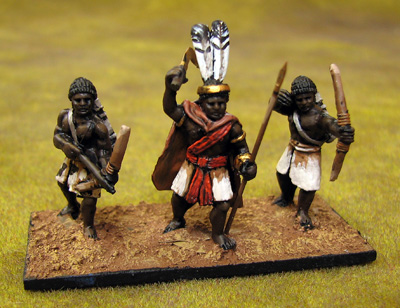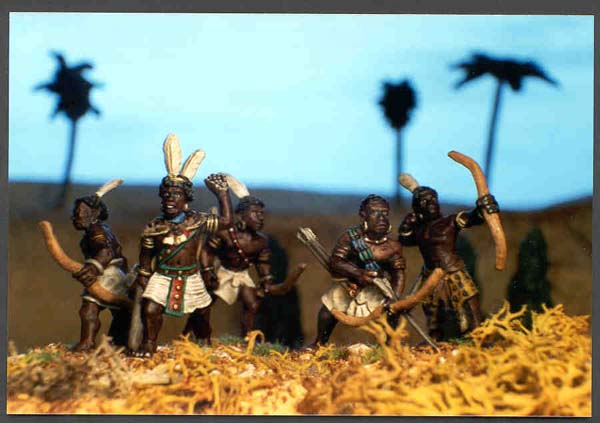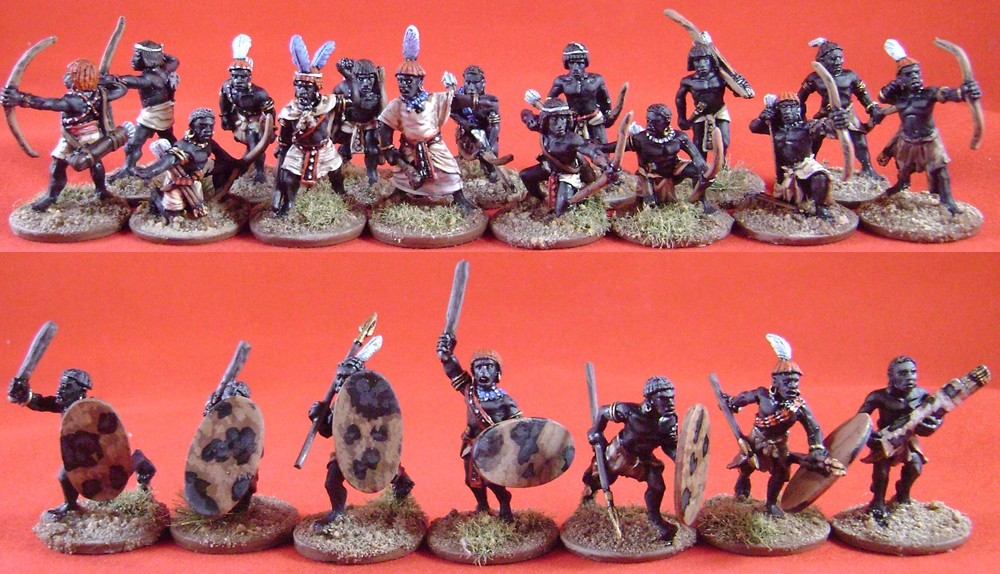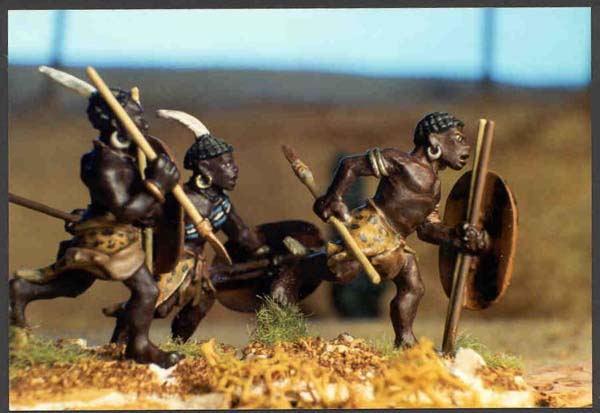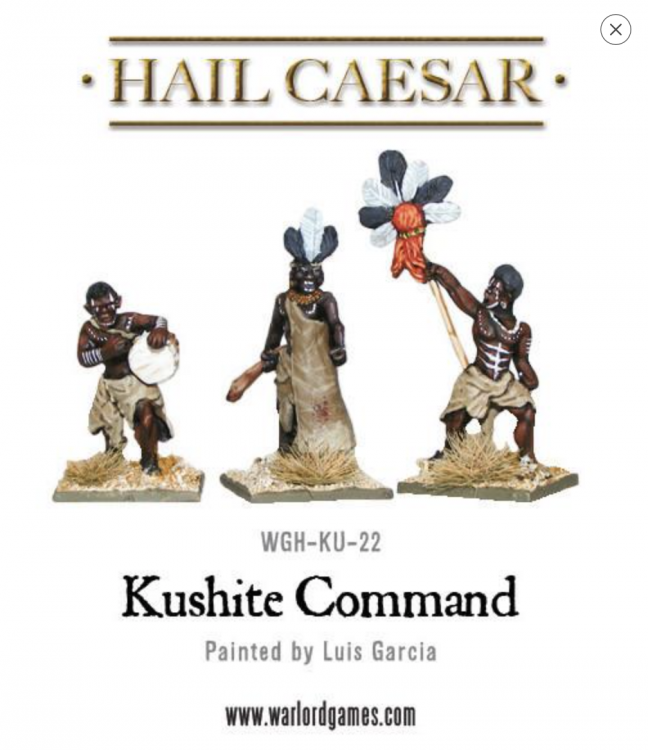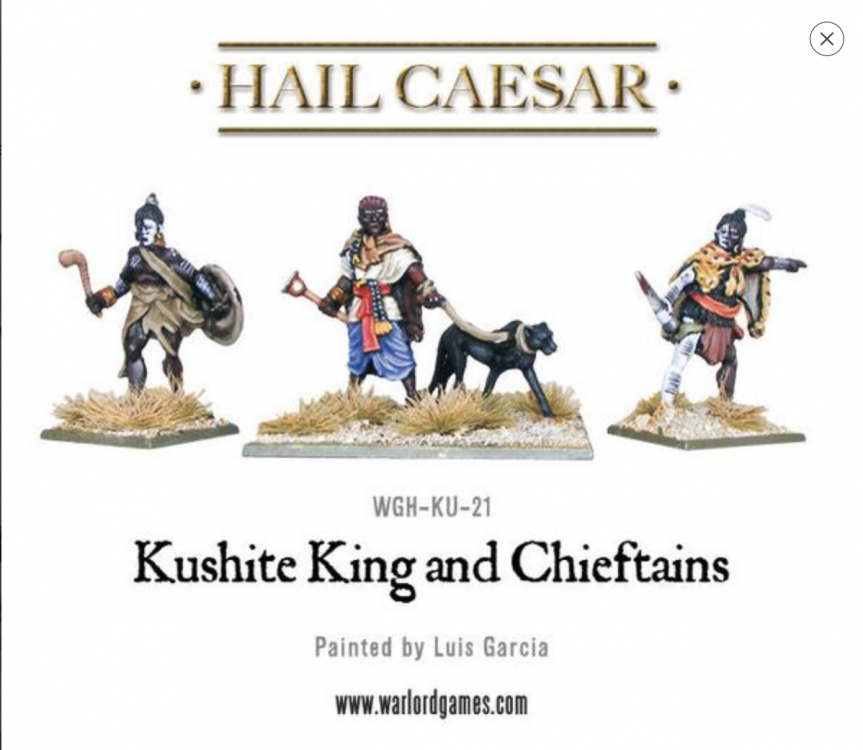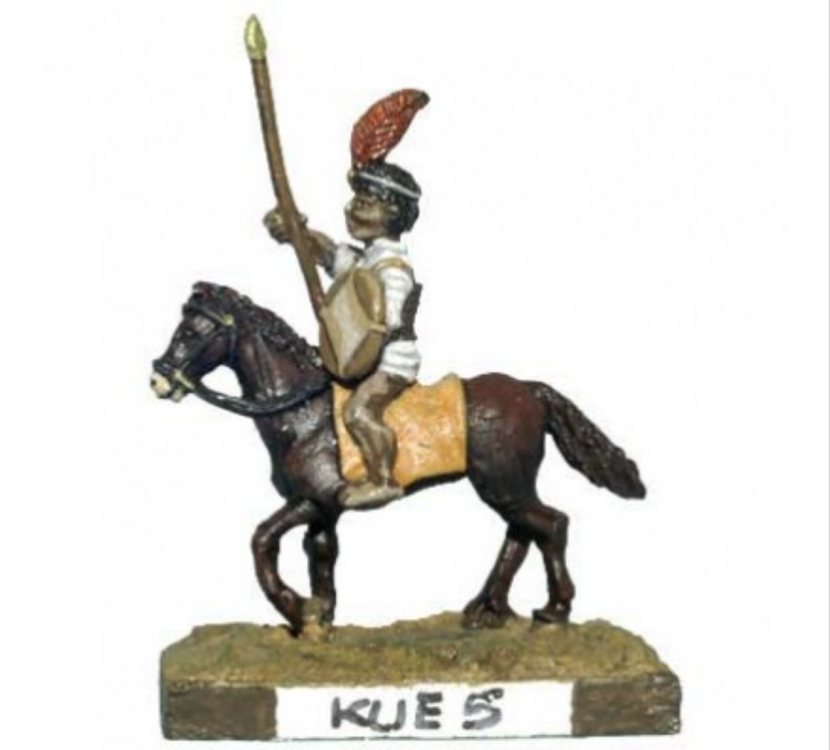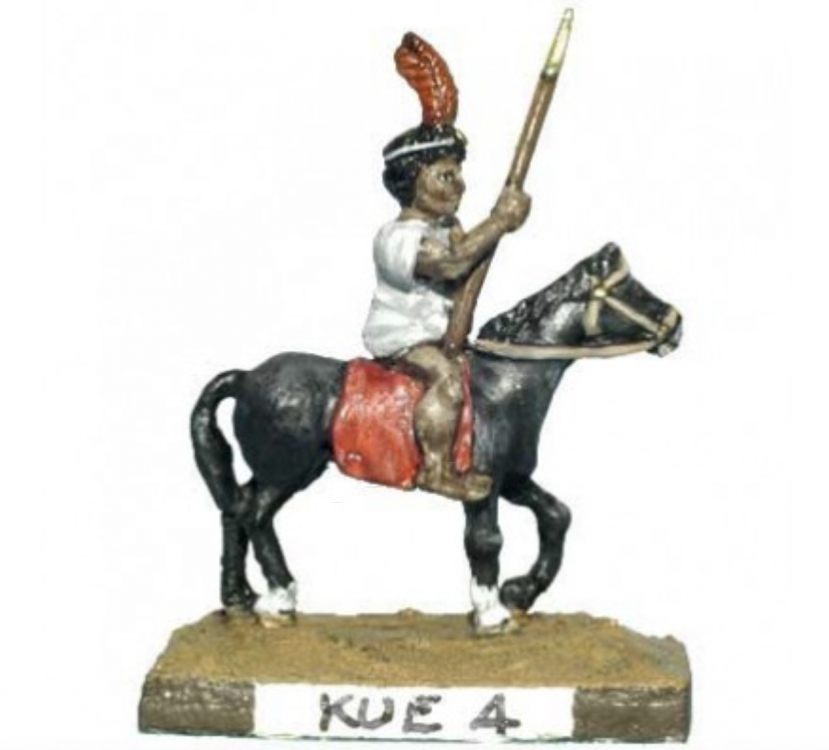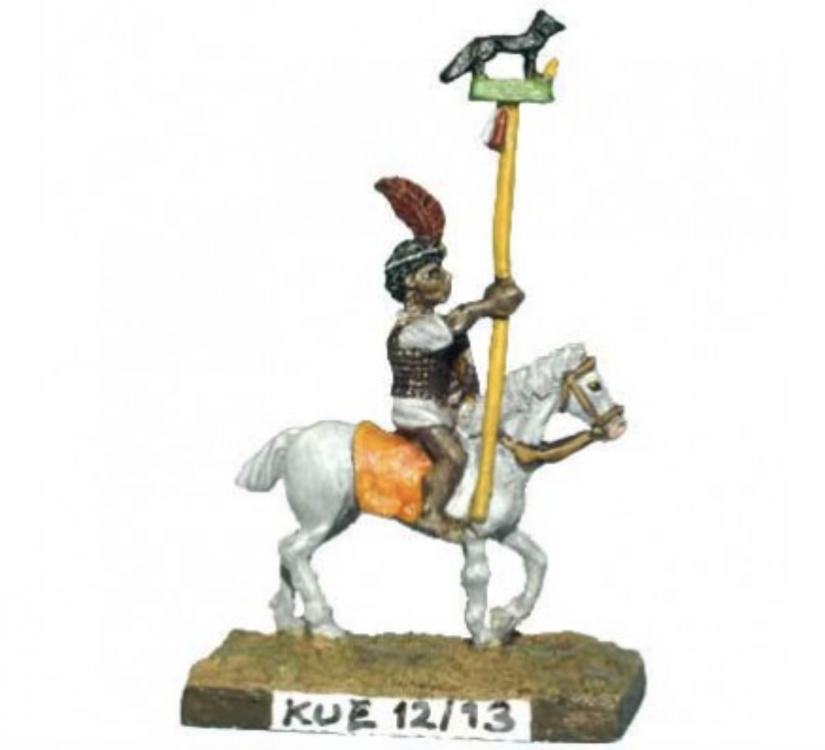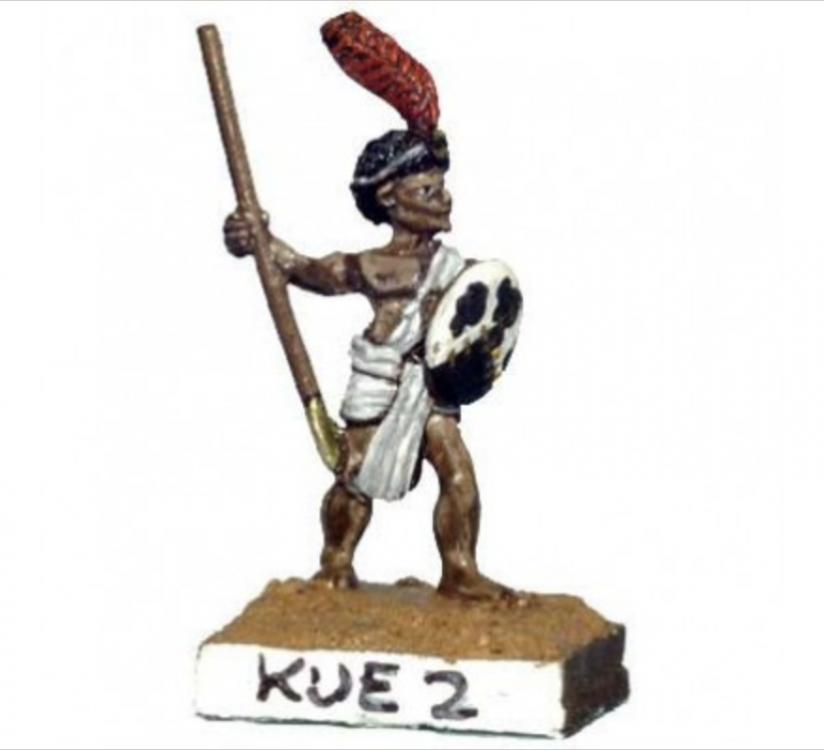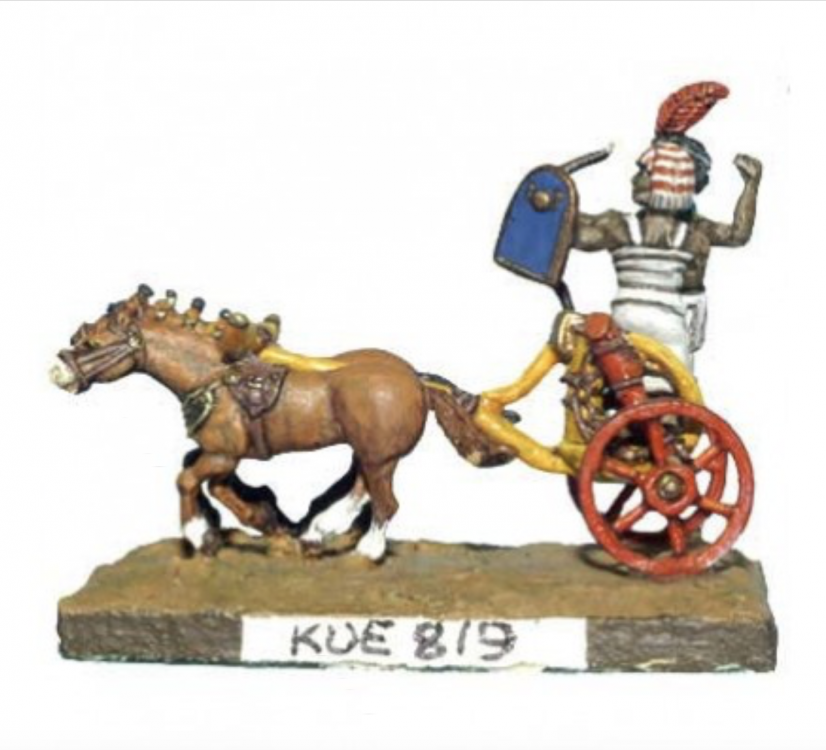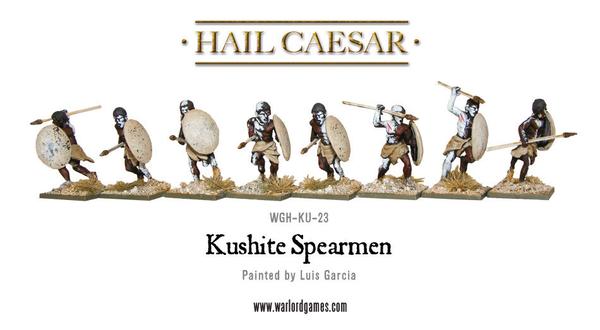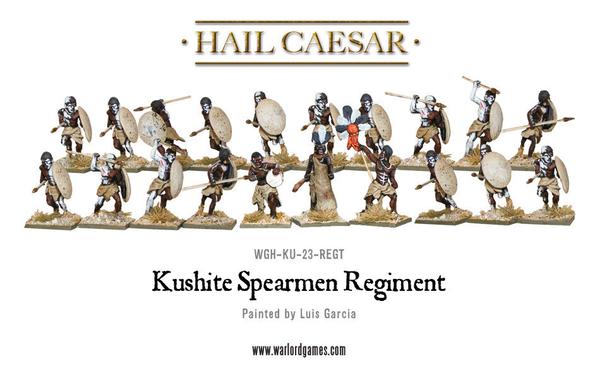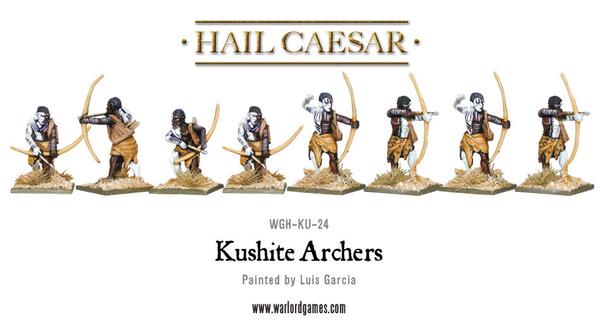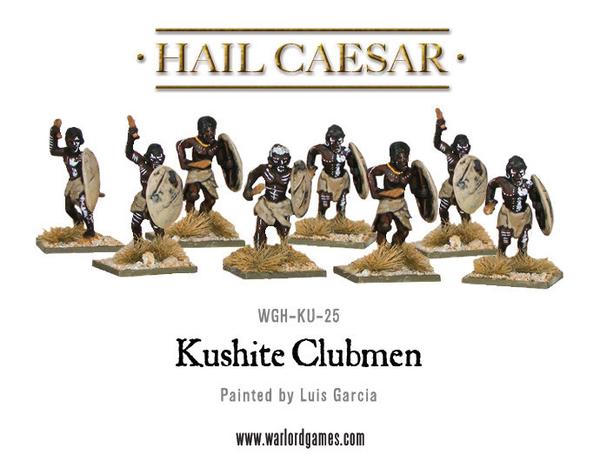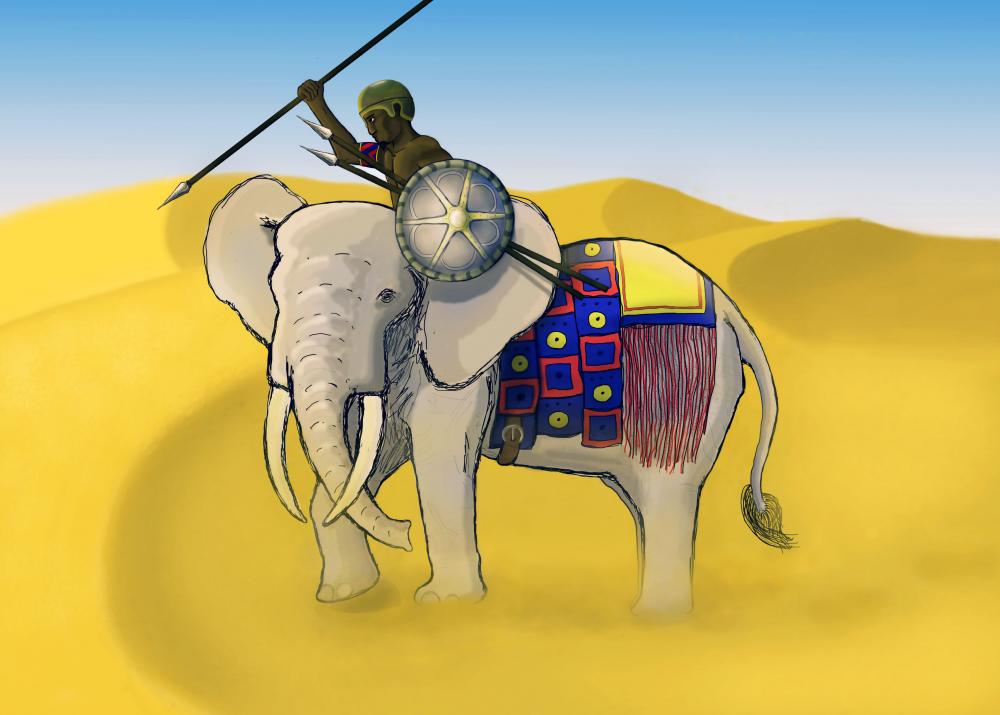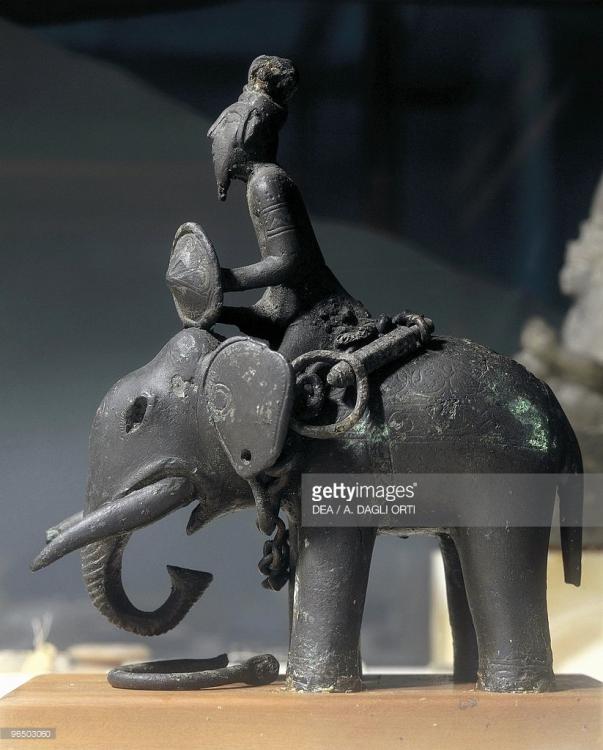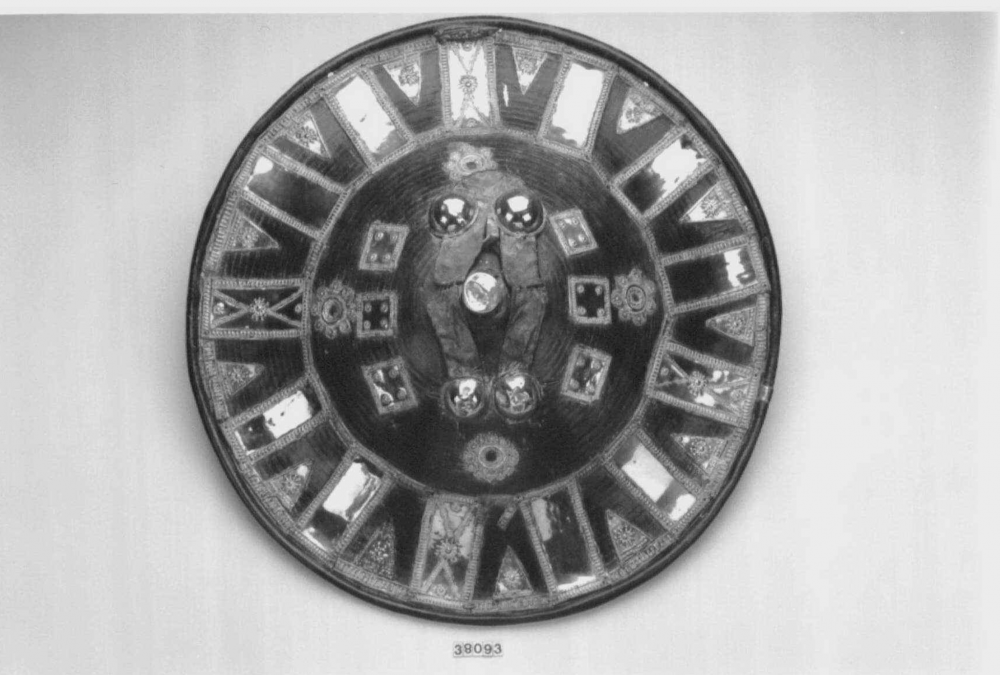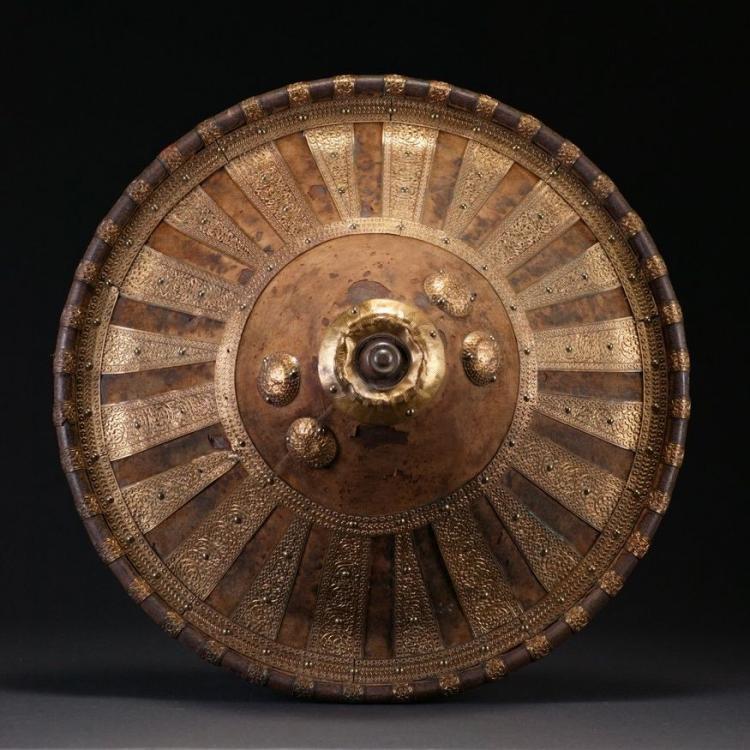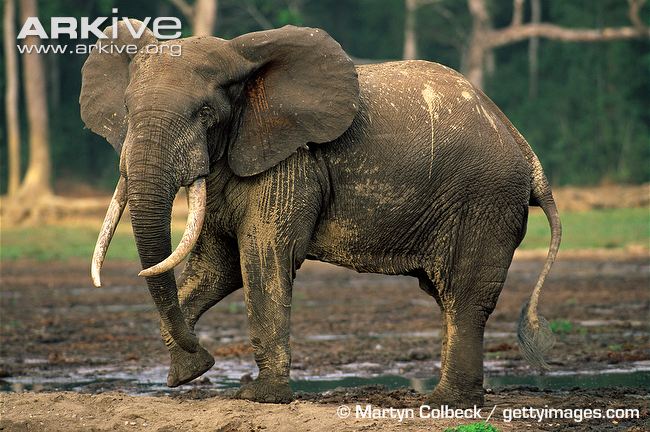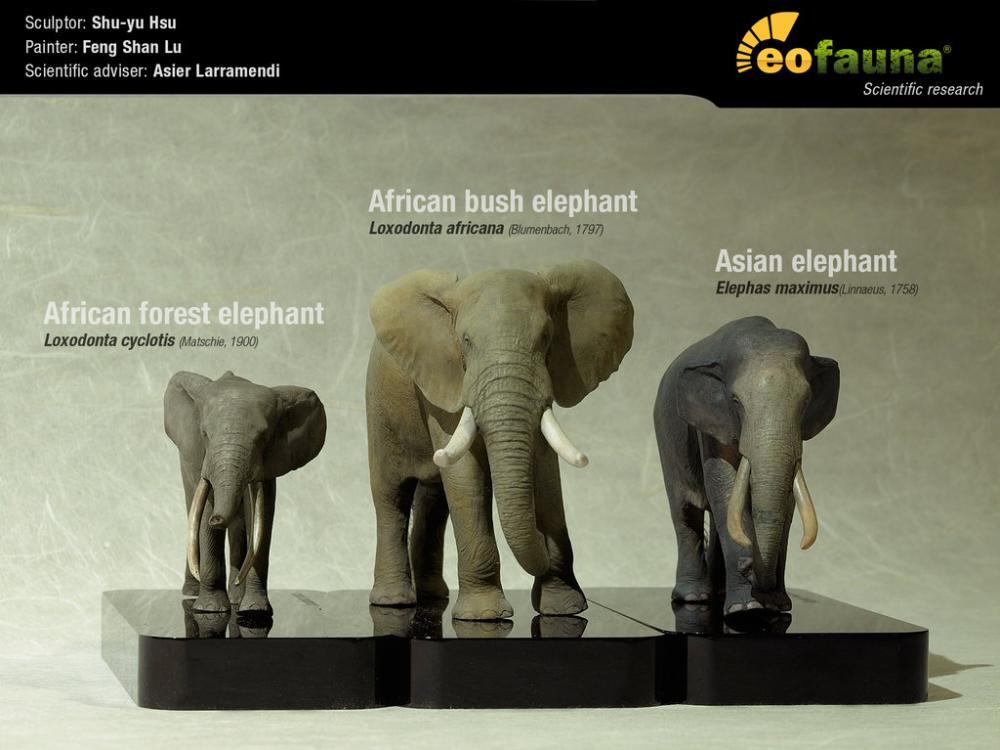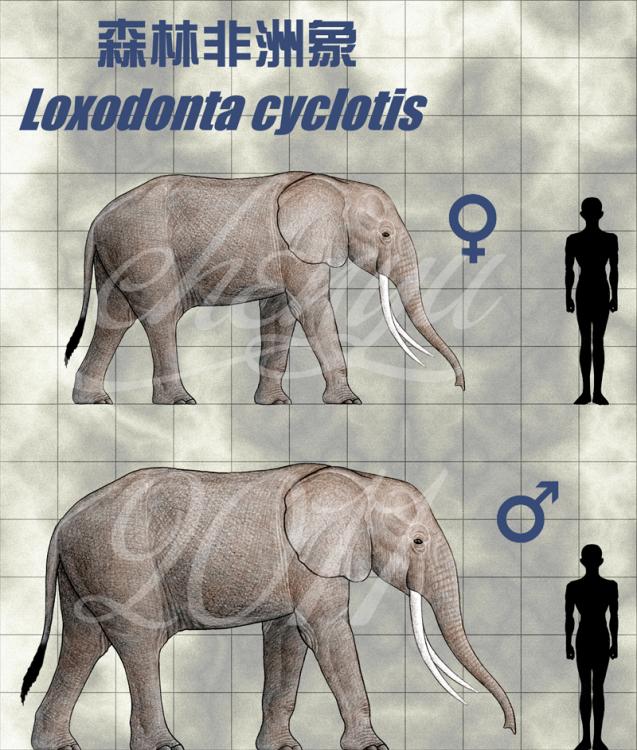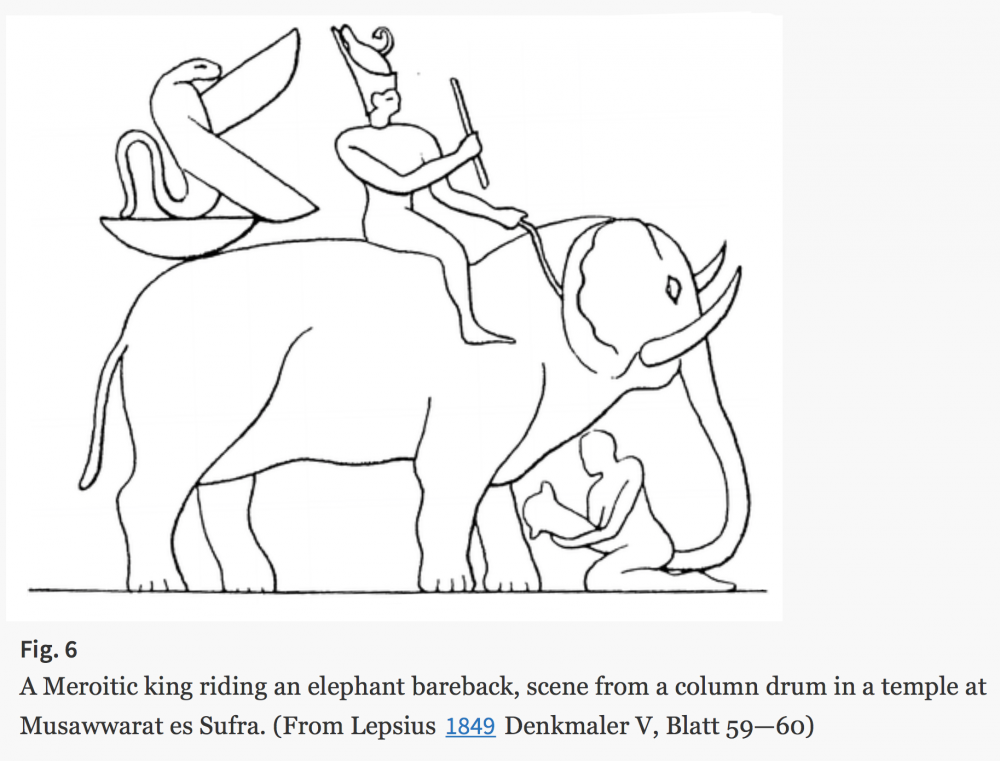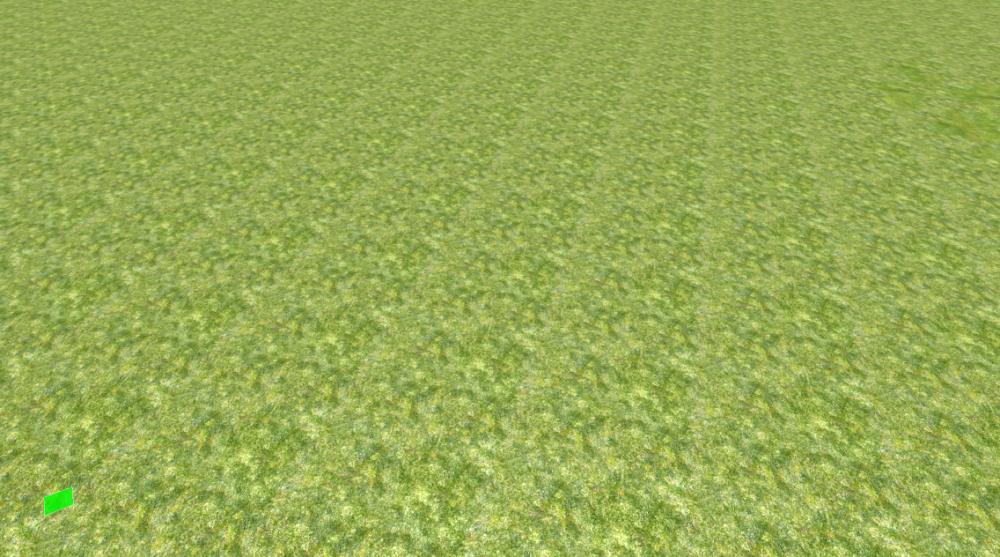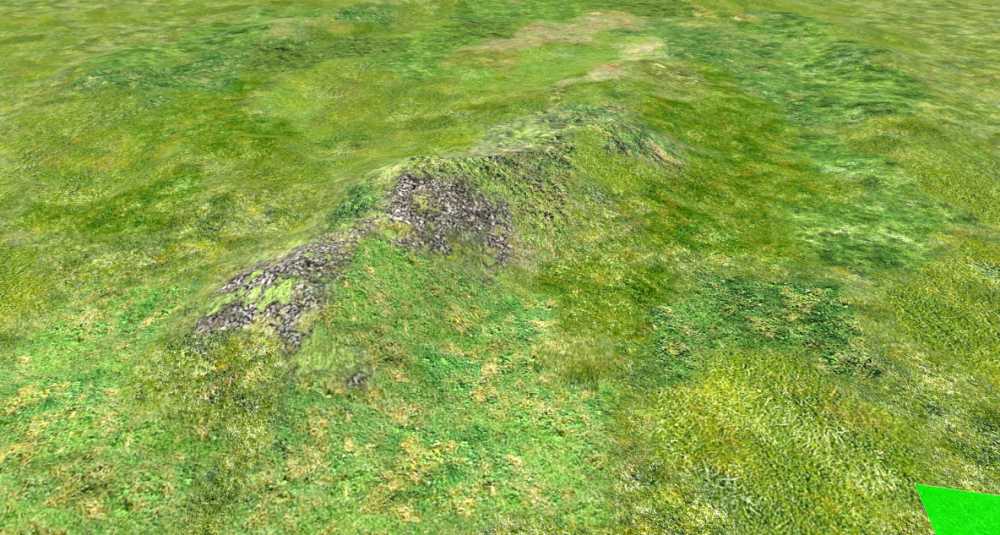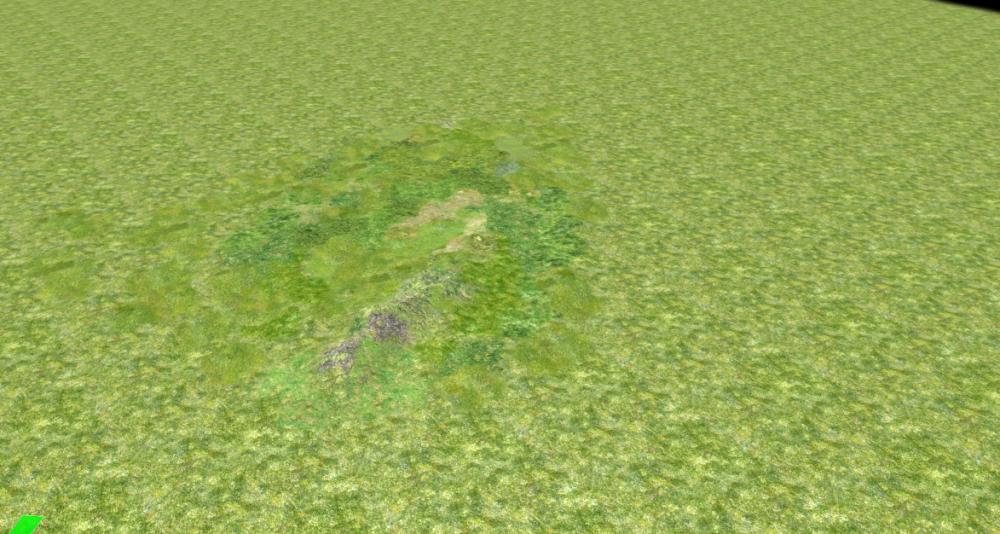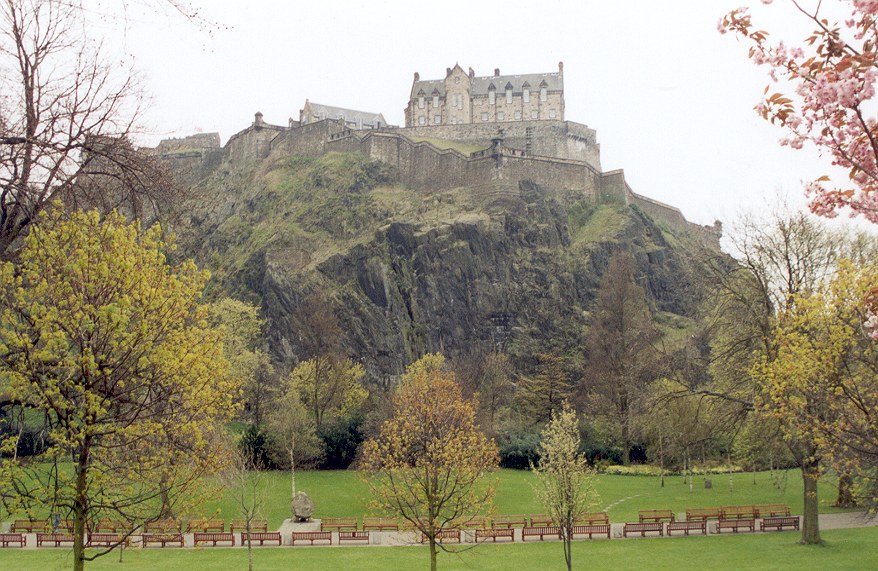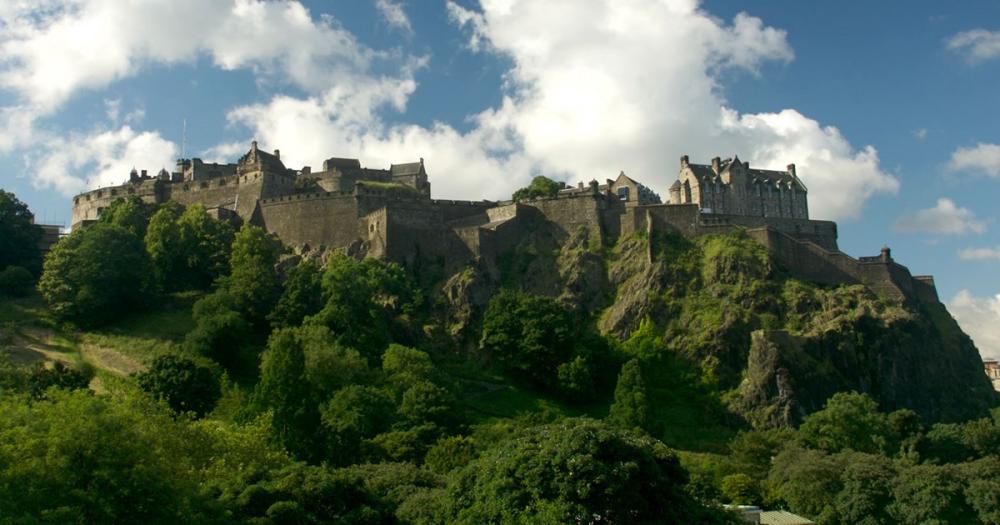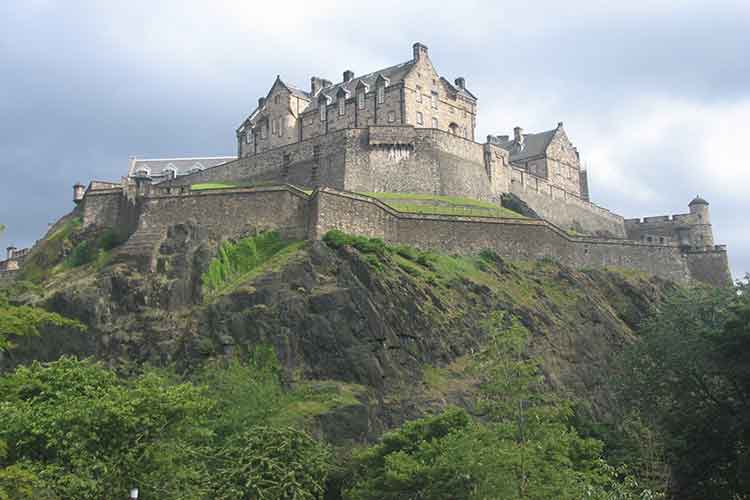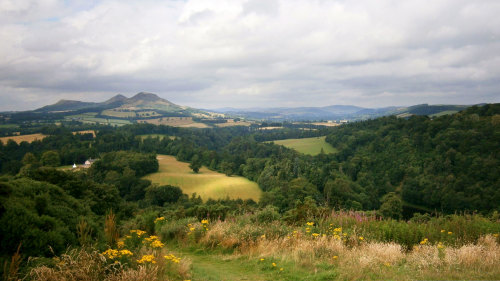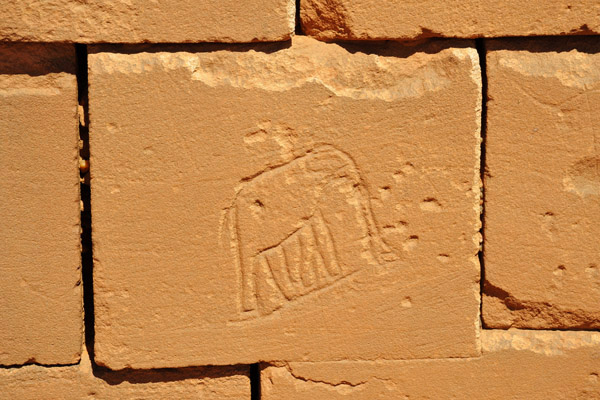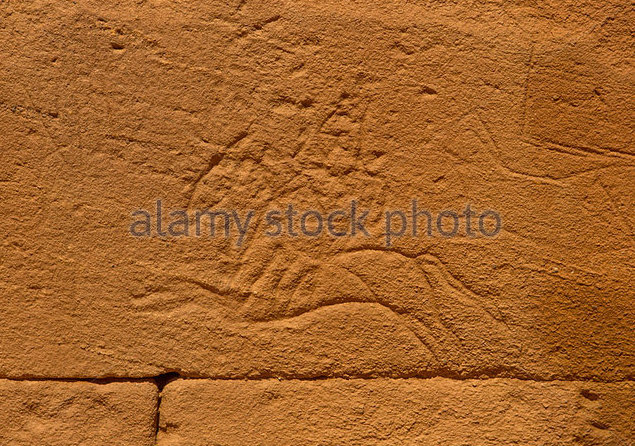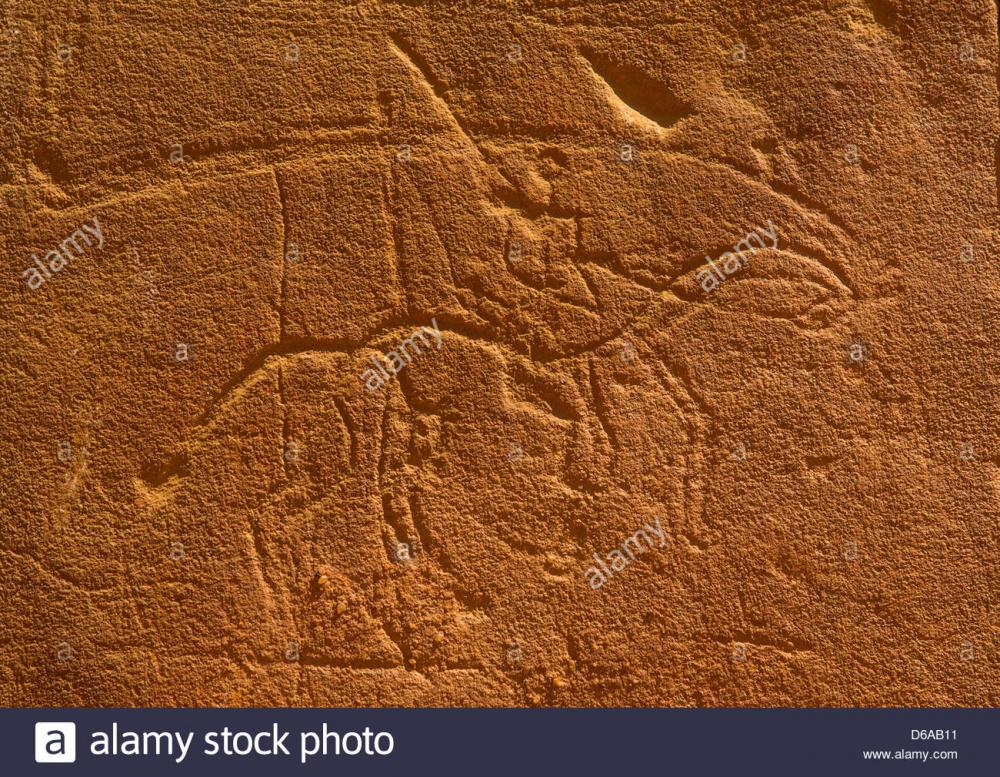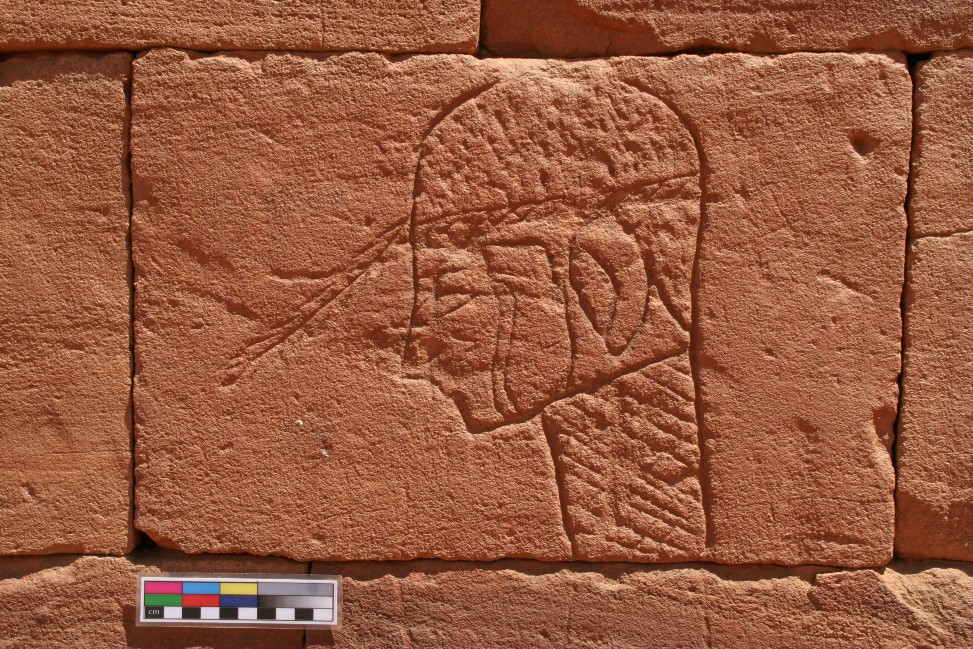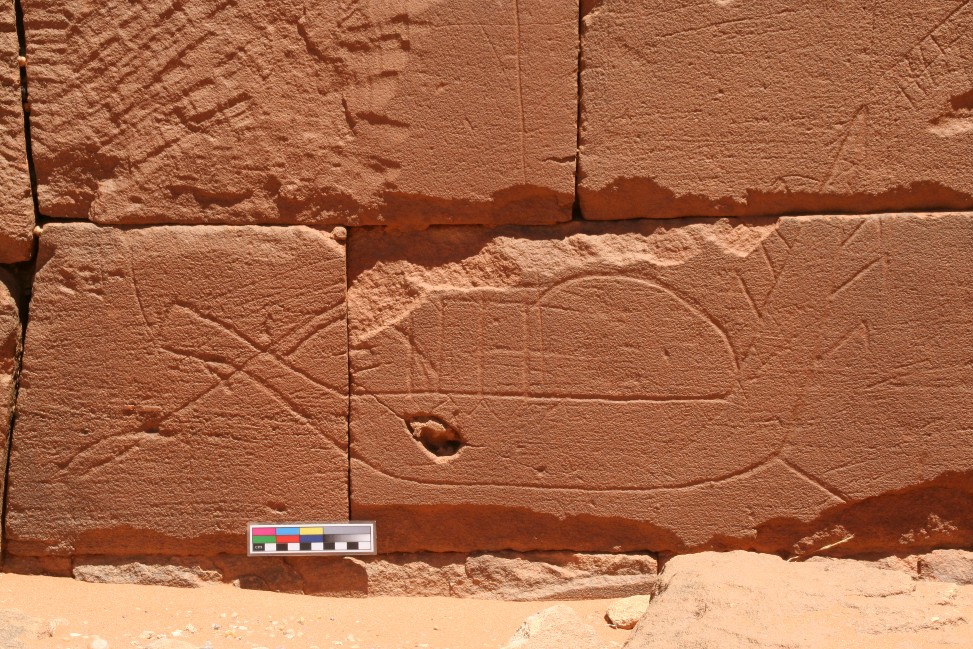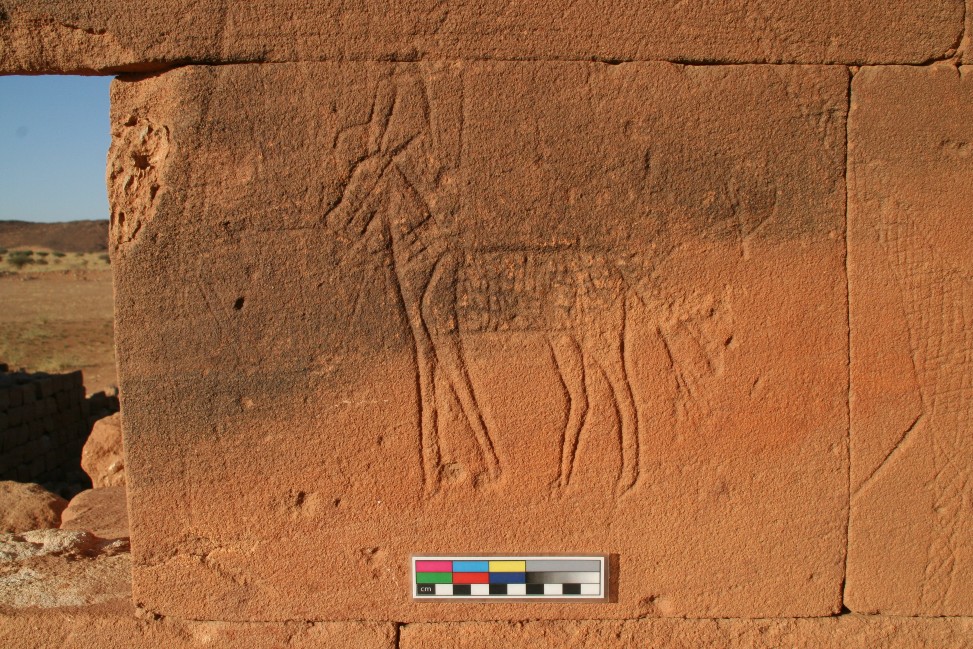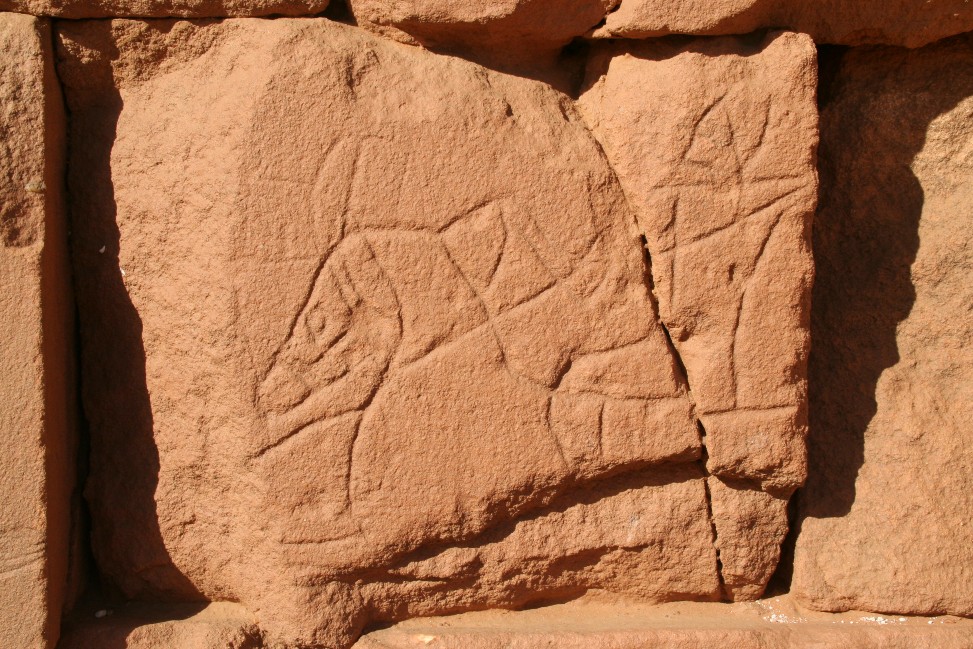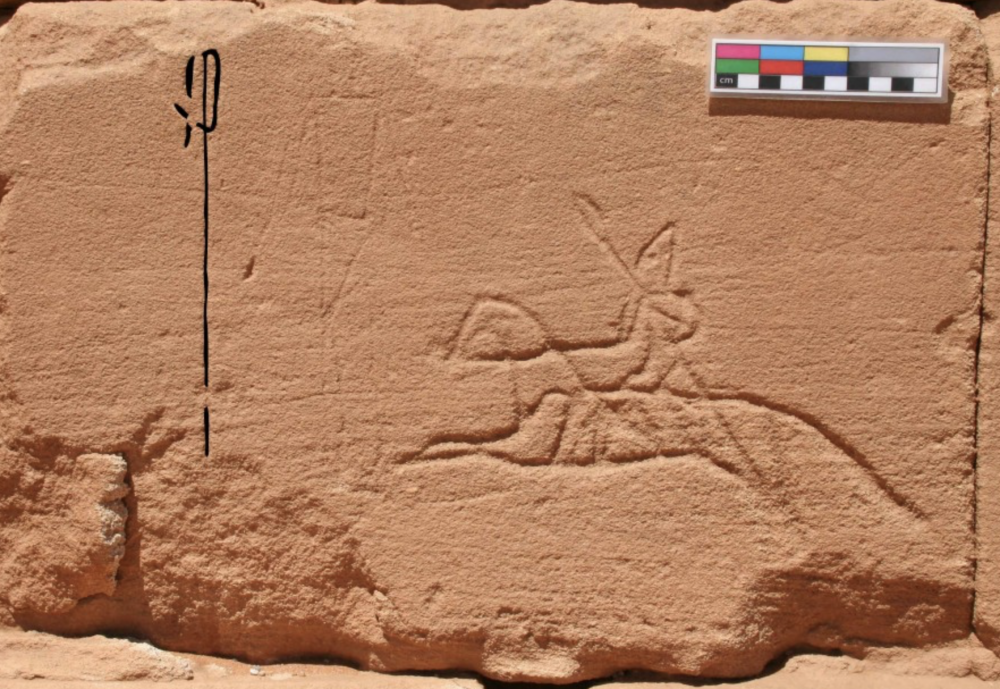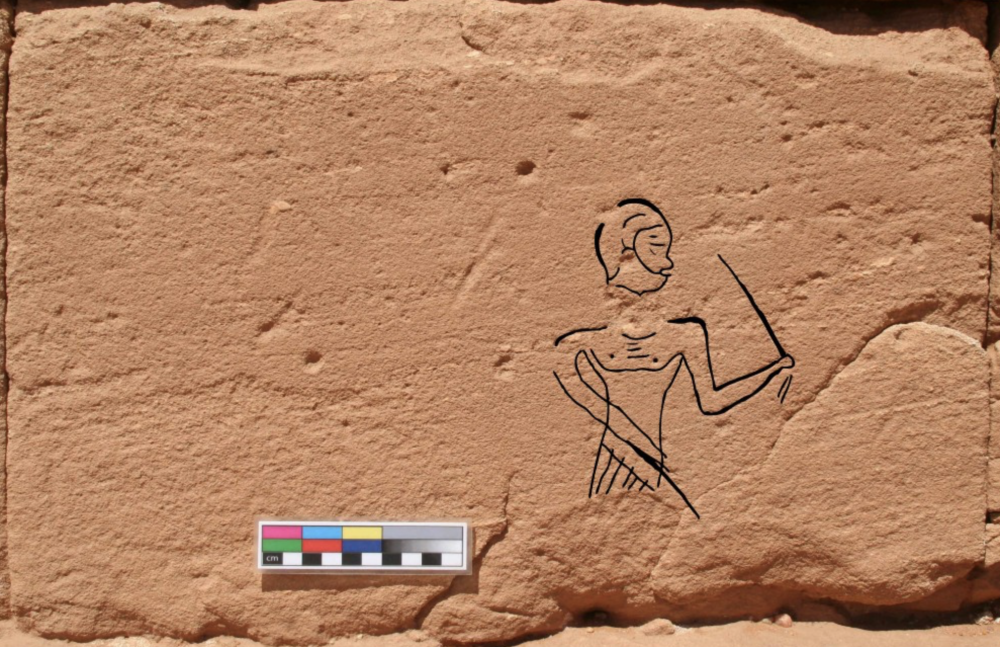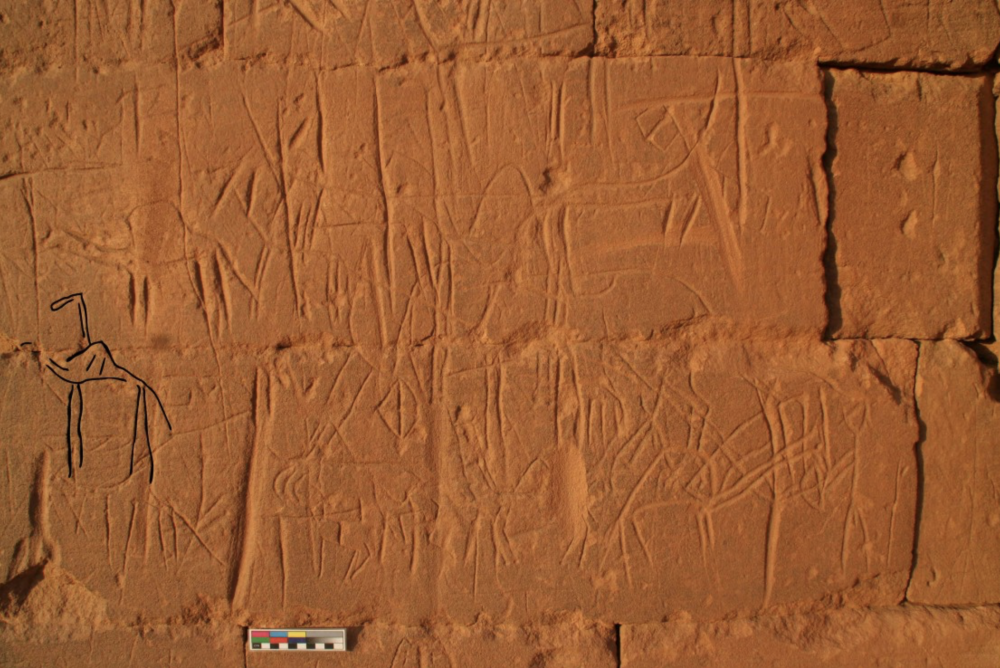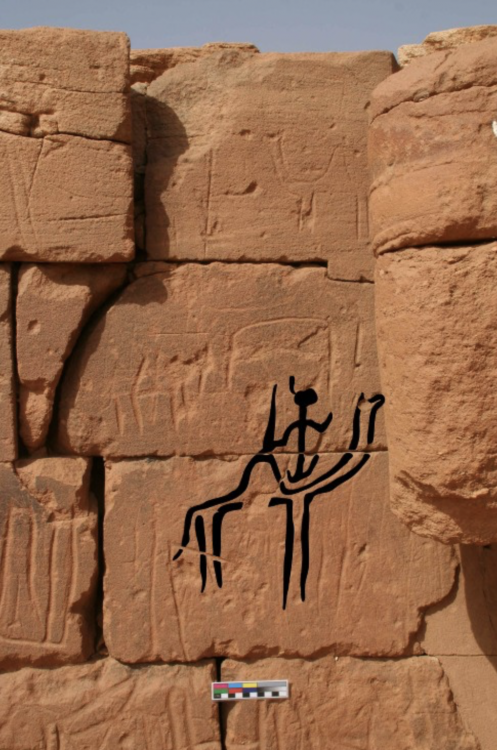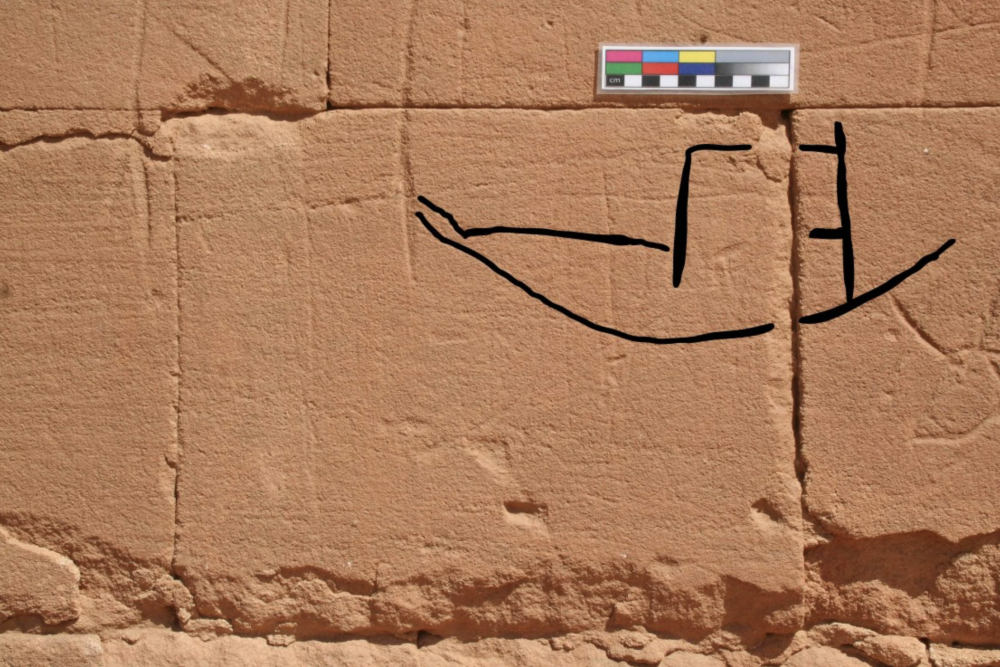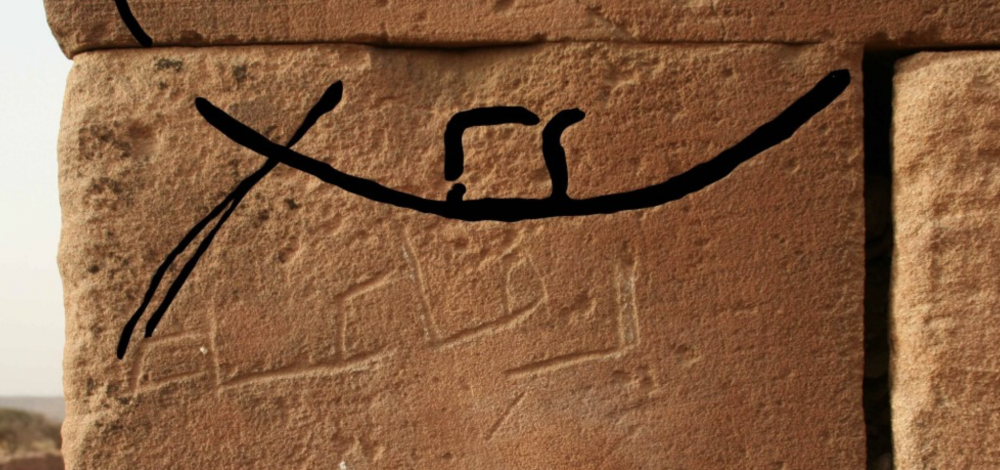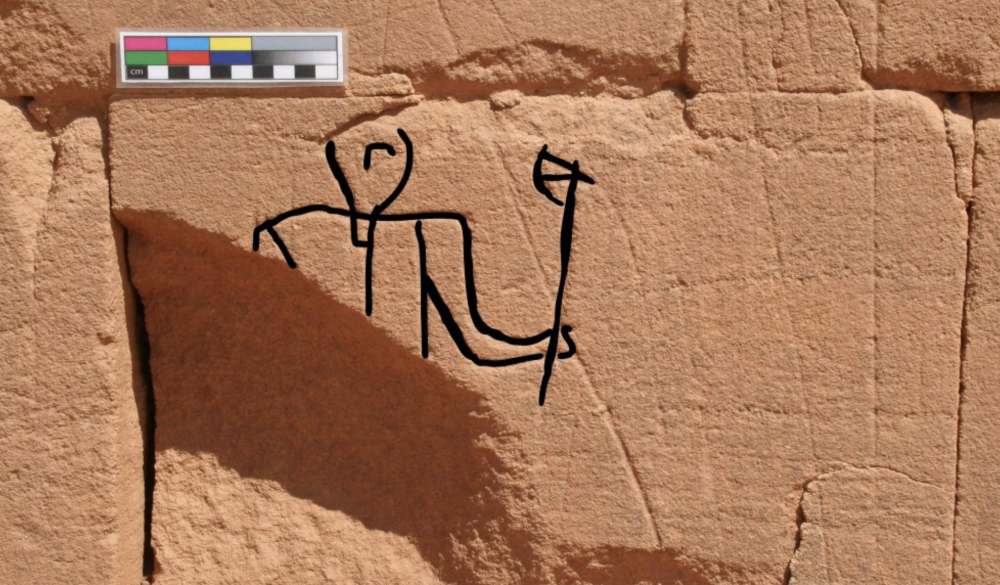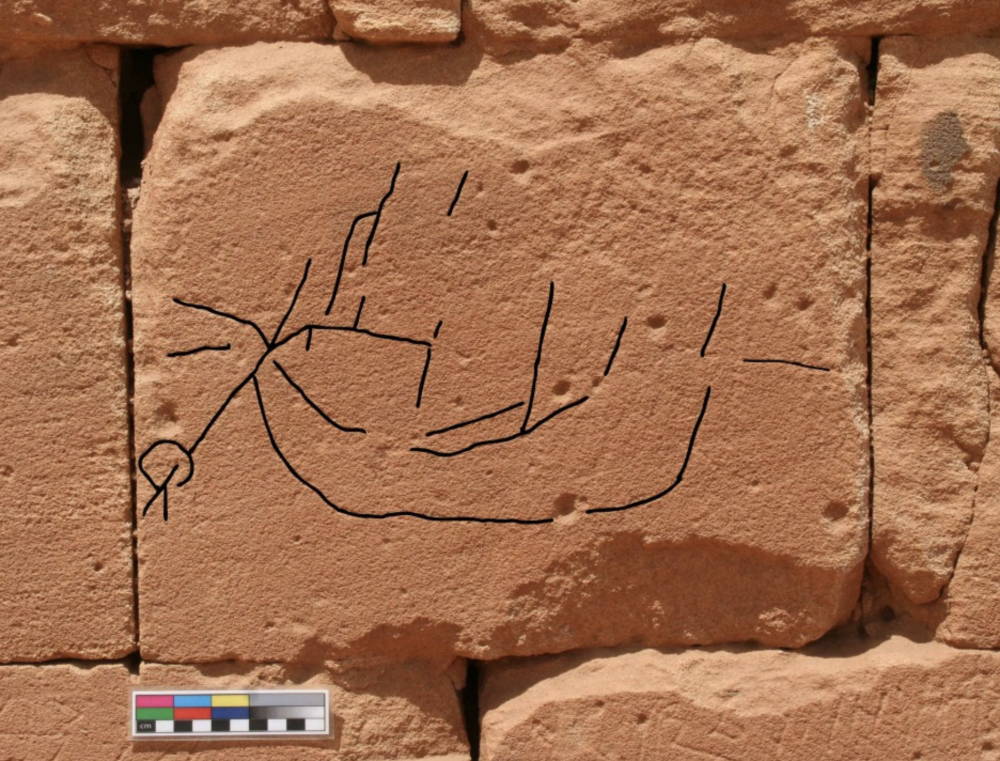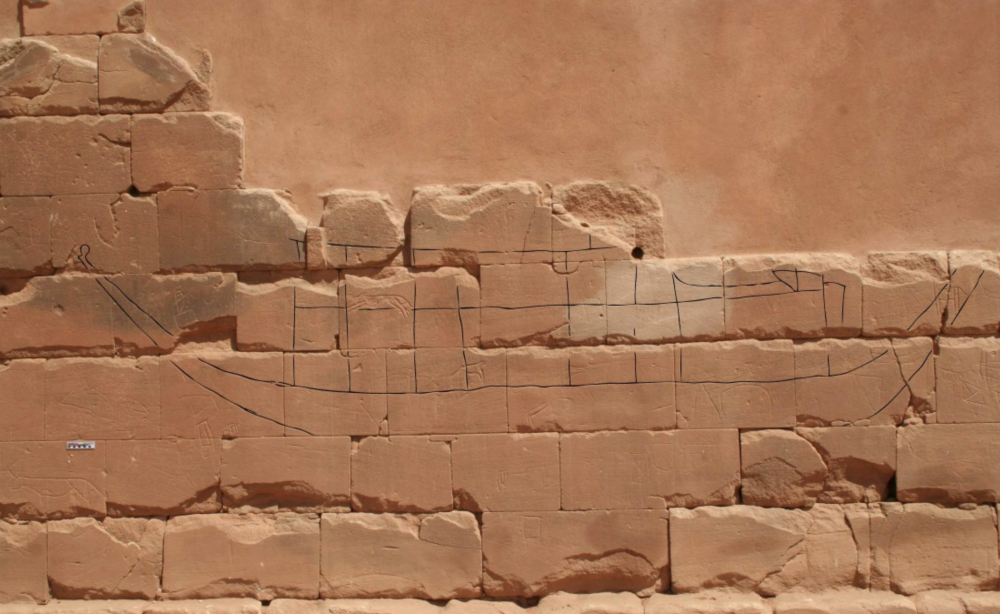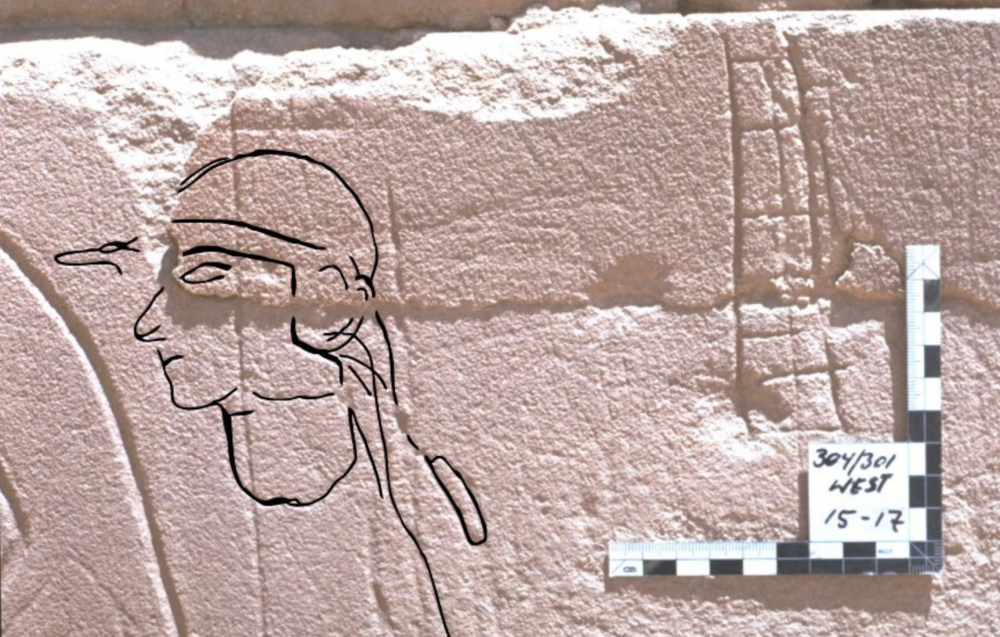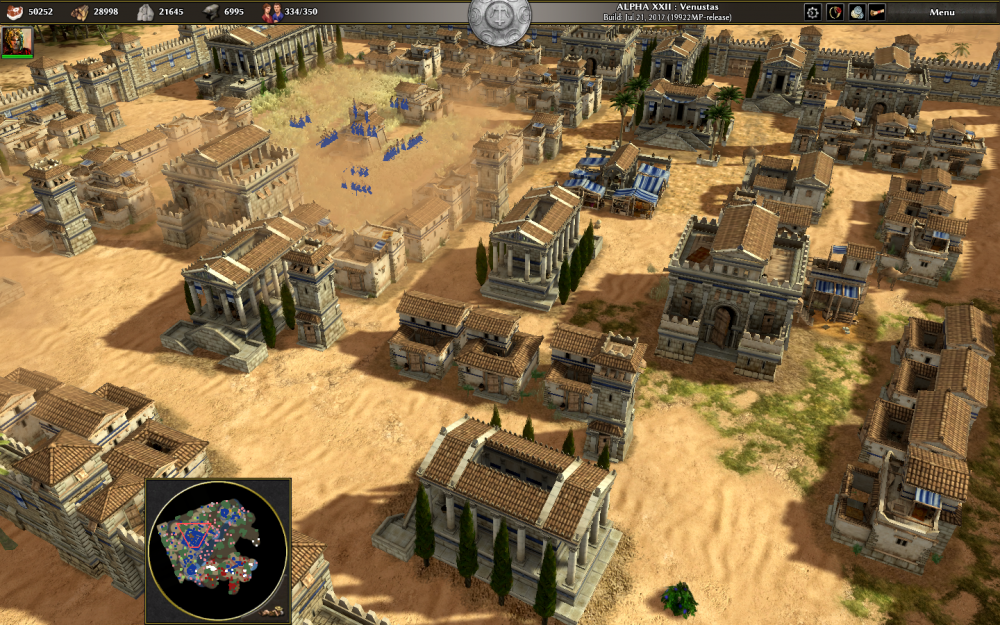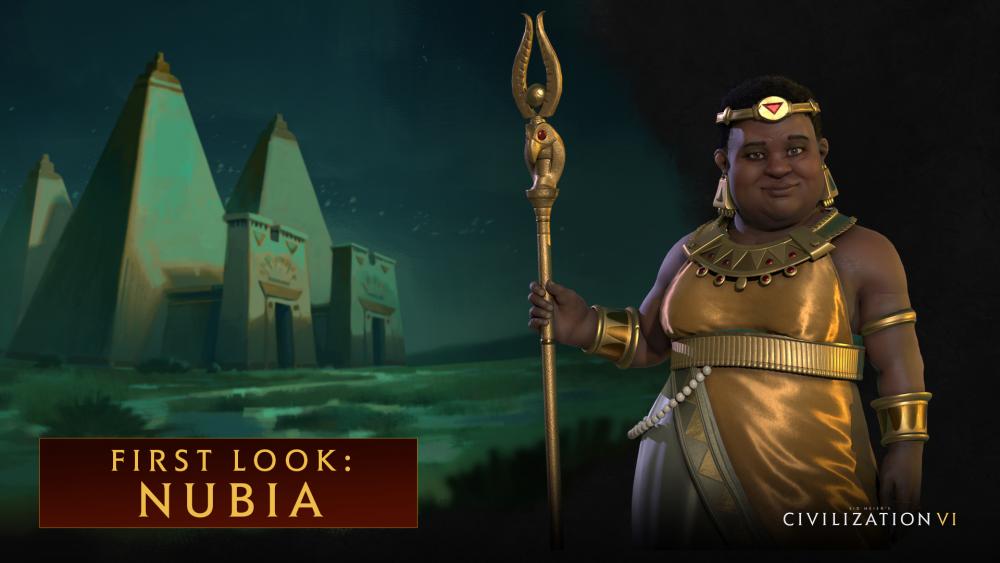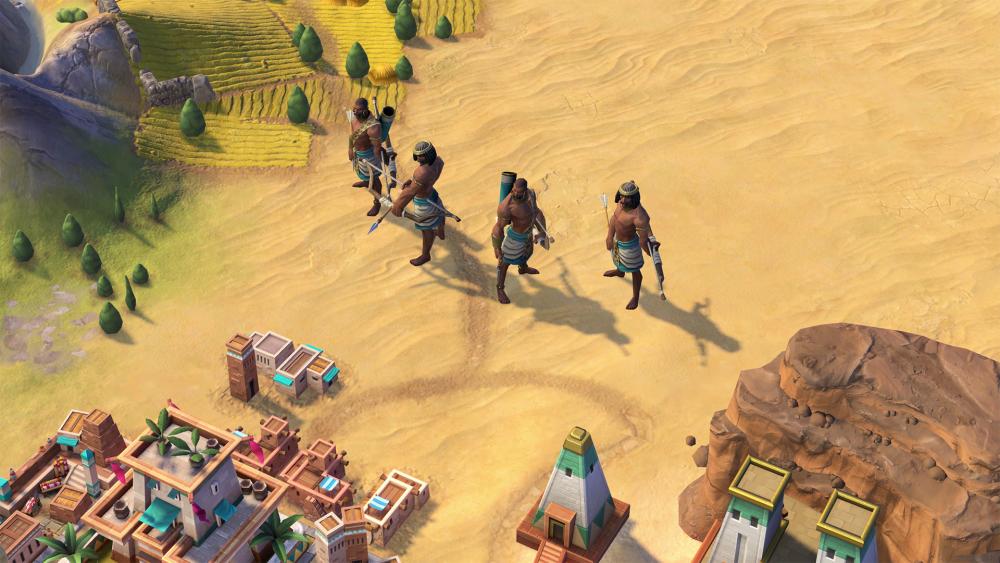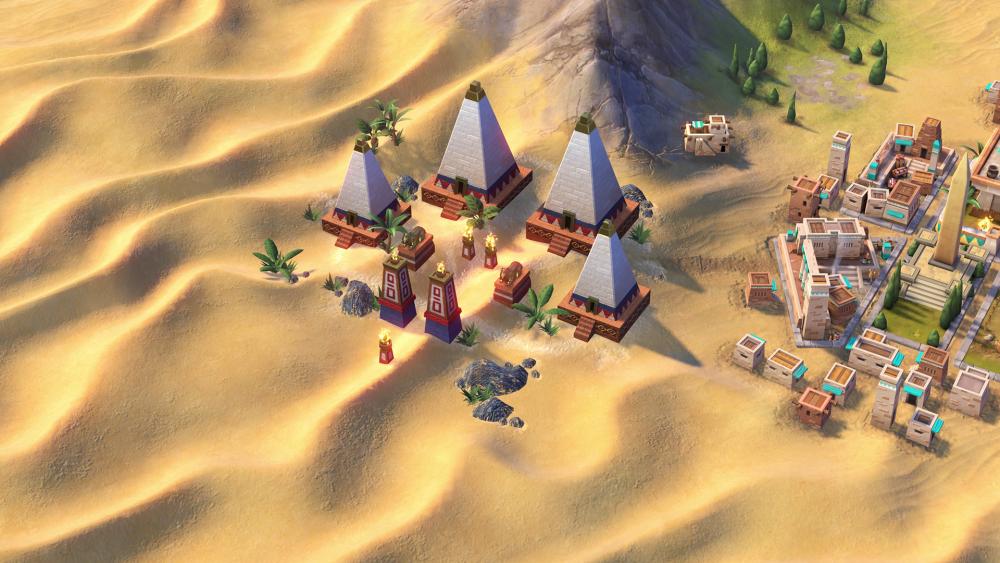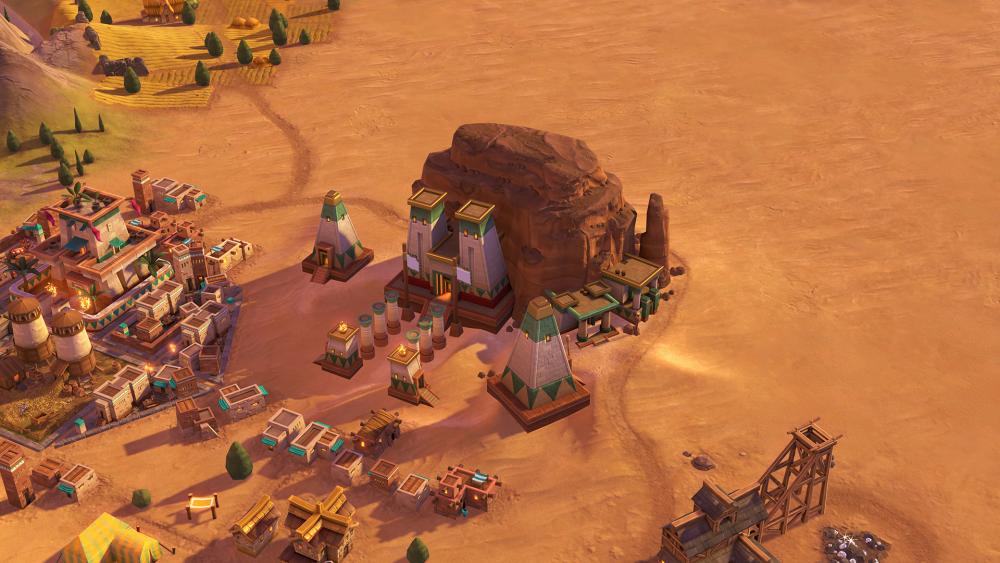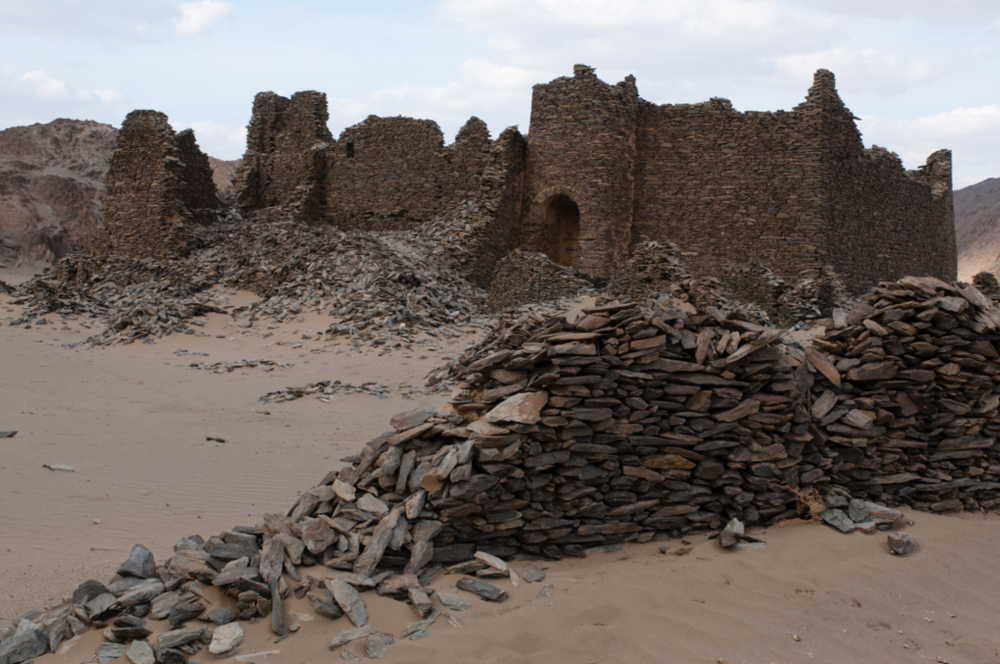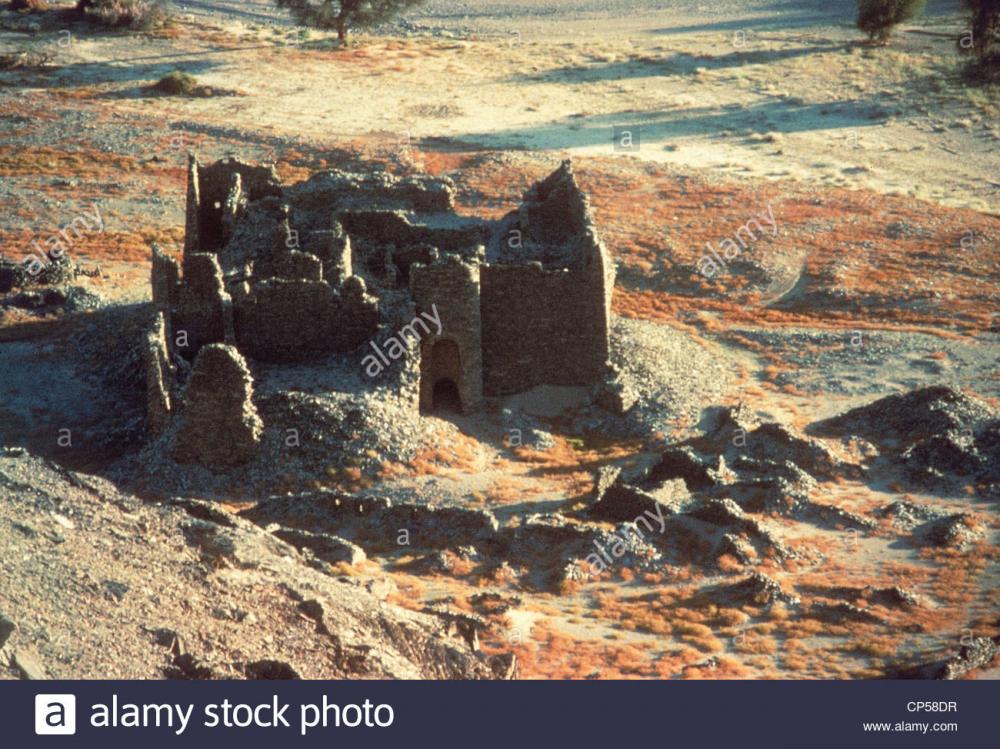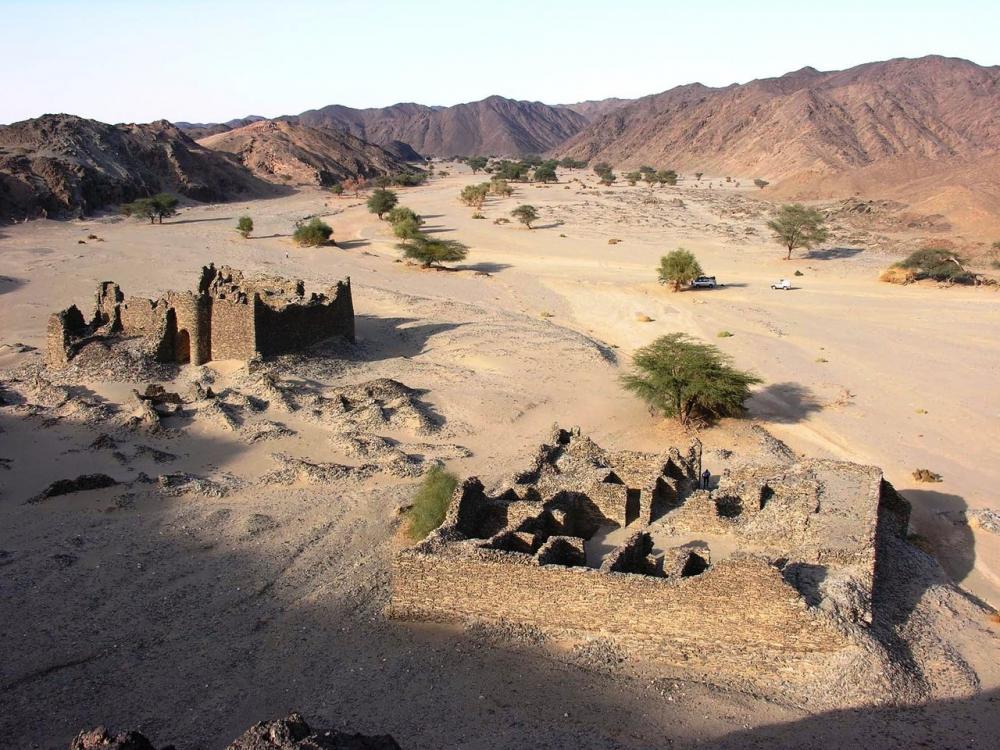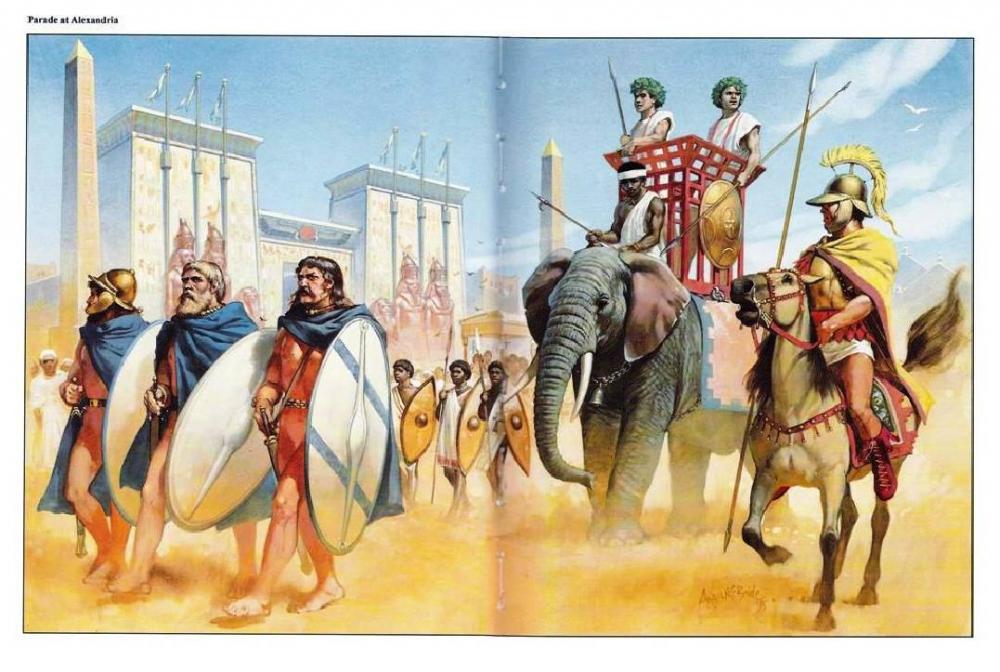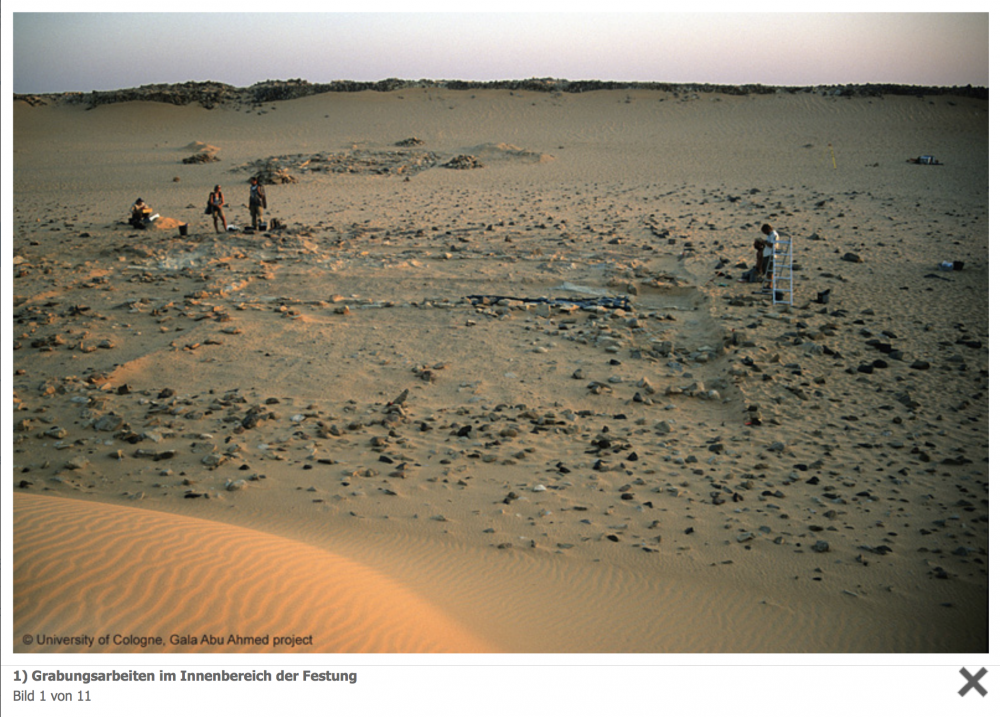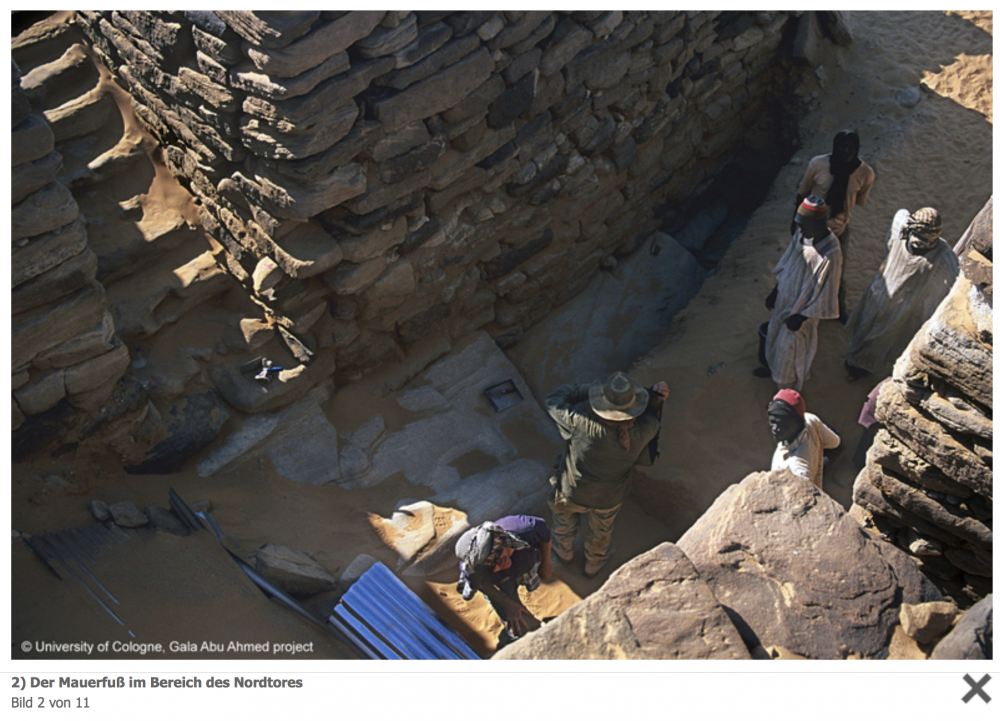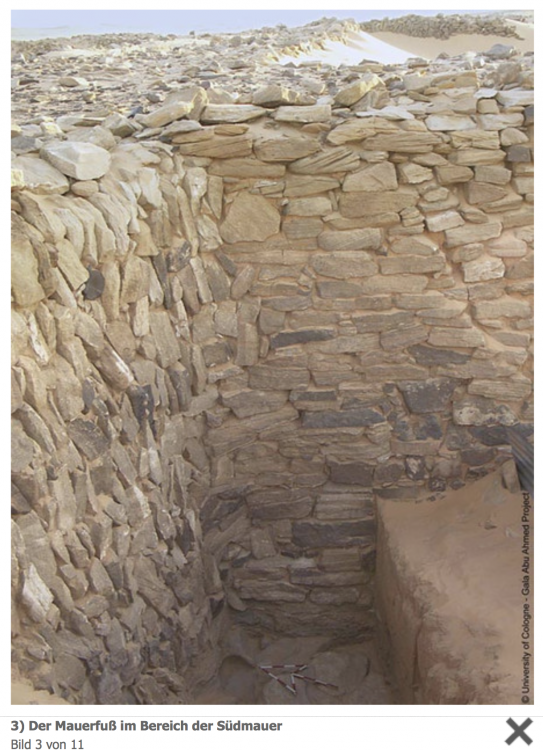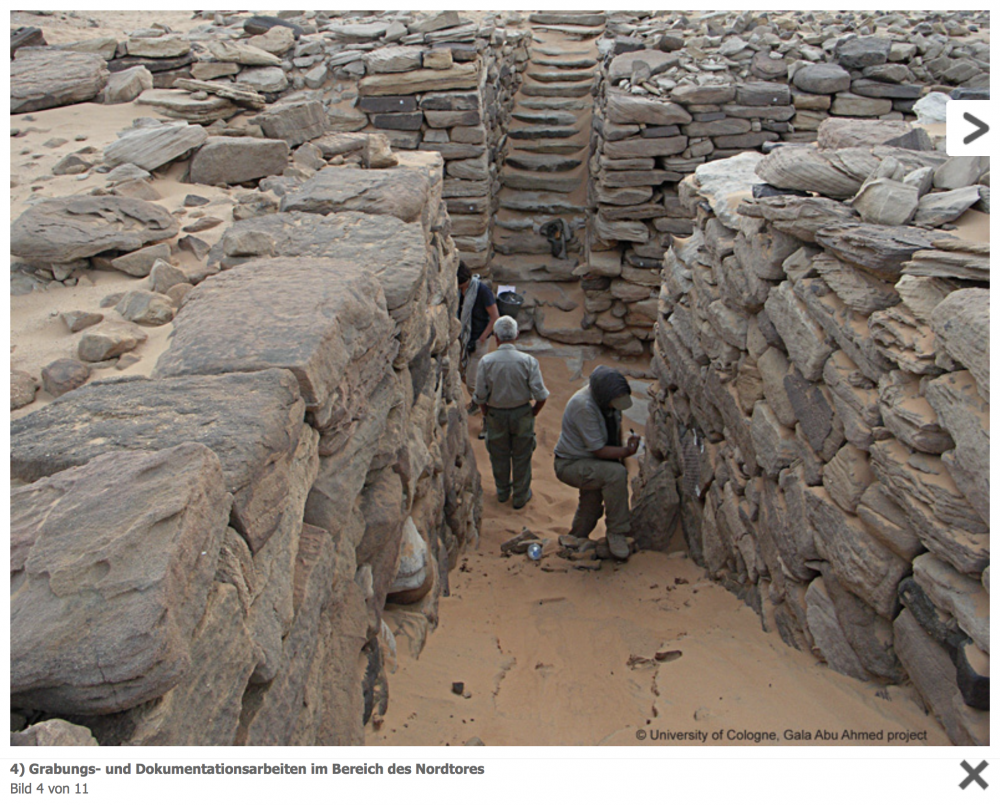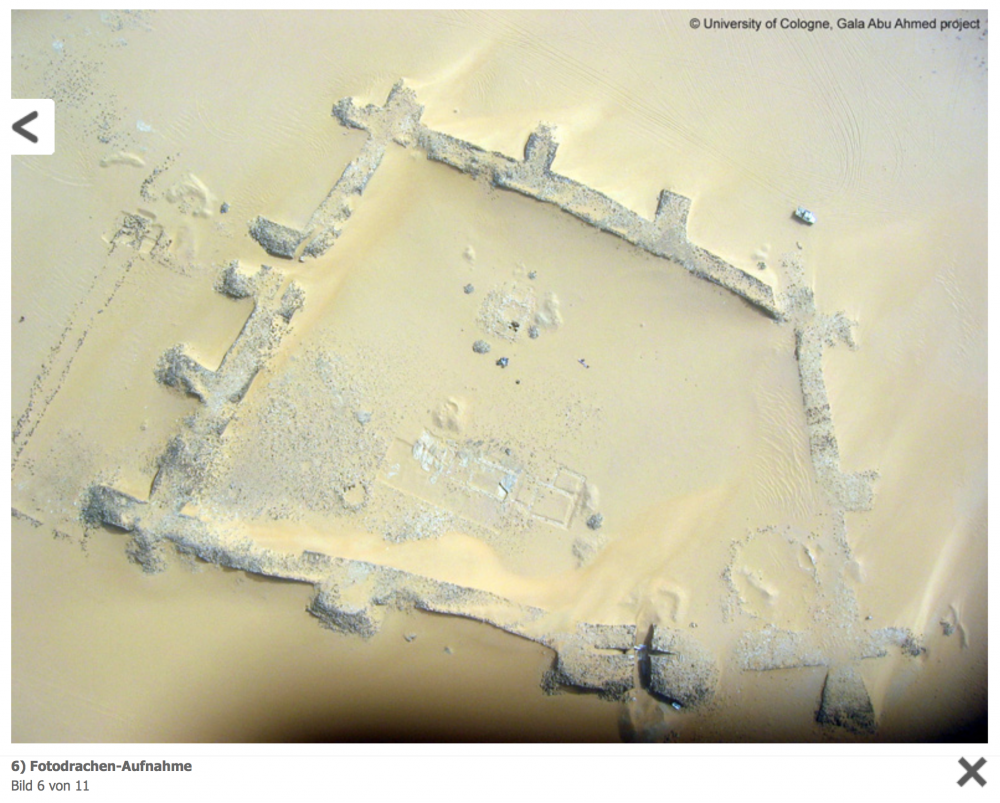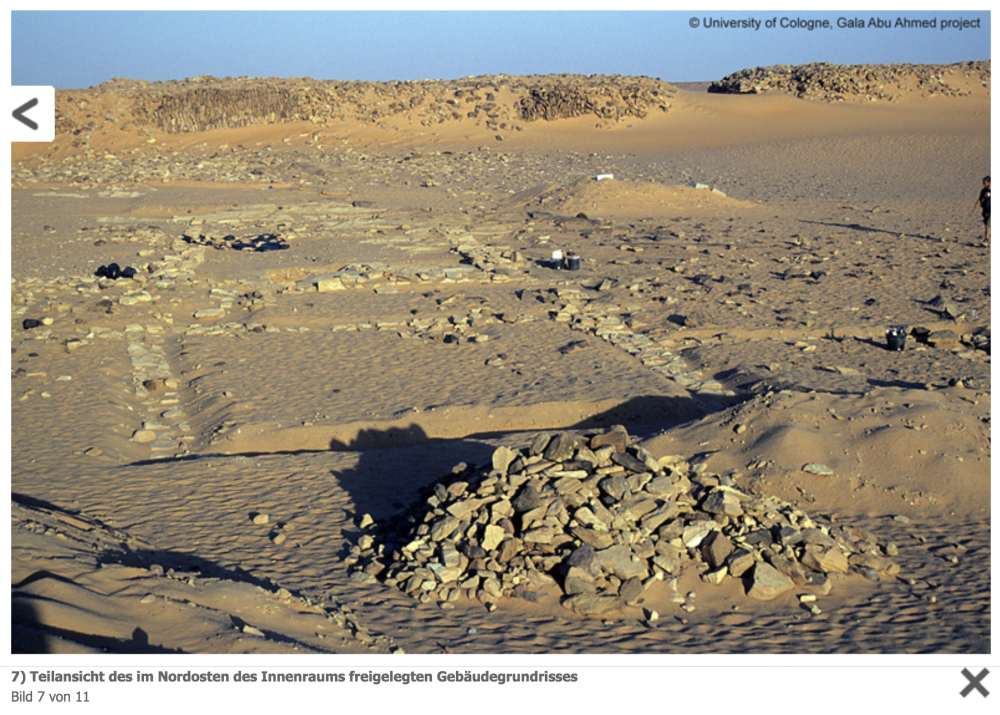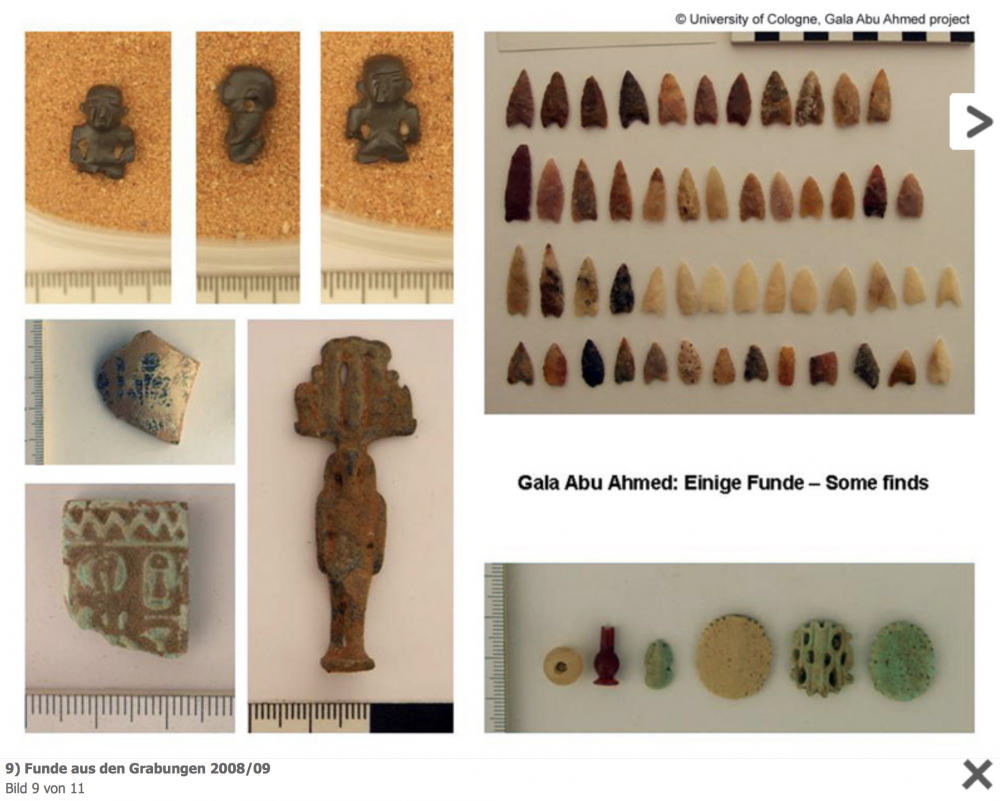-
Posts
2.332 -
Joined
-
Last visited
-
Days Won
60
Everything posted by Sundiata
-
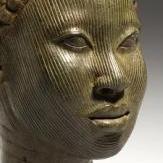
The Kingdom of Kush: A proper introduction [Illustrated]
Sundiata replied to Sundiata's topic in Official tasks
@Lion.Kanzen That's the jpeg I just used to make this one. Is it ok? Feel free to change to your taste. Just use the jpeg, because apparently I made some minor alterations to jpeg but not the png, making it more usable.- 1.040 replies
-
- civ profile
- history
- (and 5 more)
-

The Kingdom of Kush: A proper introduction [Illustrated]
Sundiata replied to Sundiata's topic in Official tasks
Give me 15min...- 1.040 replies
-
- civ profile
- history
- (and 5 more)
-

The Kingdom of Kush: A proper introduction [Illustrated]
Sundiata replied to Sundiata's topic in Official tasks
@Lion.Kanzen nice... Perhaps make the curved ram horn grey/silver, and the horizontal horns of the crown should also be gold, I think, as it's part of the crown itself. Maybe the necklace could have a mix of colors like this:- 1.040 replies
-
- civ profile
- history
- (and 5 more)
-

The Kingdom of Kush: A proper introduction [Illustrated]
Sundiata replied to Sundiata's topic in Official tasks
The Kingdom of Kush: A Kingdom of Gold! Boston Museum of Fine Arts collection I have recently made major breakthroughs in my research of ancient Kush during the Meroitic period. I have spent the last weeks going through literally thousands upon thousands of museum entries in the archives of the Museum of Fine Arts in Boston, the fourth largest museum in the United States. The things I found profoundly shocked me... I found the largest collection of Meroitic period artefacts I've ever seen, including jewelry, household objects, weapons and many other things, produced by Kushite artisans, using gold, silver, bronze, iron, stone, ceramics, & faience. The level of artisanry demonstrated by the people of Meroitic Kush, far exceeds anything you've ever seen from them! In fact, it rivals some of the finest pieces from other major civilisations in classical antiquity. These people were not only extremely wealthy, they were highly skilled in the many arts of the ancient world. Most of these objects were excavated in the 1920's by Harvard University and other research institutes, in and around Meroe and Gebel Barkal. They were subsequently buried in the archives of the Boston Museum of Fine Arts, where they remain buried until this day. Many of the objects haven't even been photographed yet, and those that have, are poorly tagged and organised, making international exposure to these objects almost non-existant... I will be highlighting the finest pieces from this collection over the next few days, beginning today, with the Gold of Kush. Meroitic period Gold from Kush: (Feel free to download and zoom in on these images, to appreciate the details on these 2000+ year old objects) The source for all Meroitic period objects in the Museum of Fine Arts, Boston: http://www.mfa.org/search?search_api_views_fulltext=meroitic+ The source for all Meroitic period Kushite gold in the Museum of Fine Arts, Boston: http://www.mfa.org/search?search_api_views_fulltext=meroitic+gold- 1.040 replies
-
- 1
-

-
- civ profile
- history
- (and 5 more)
-

The Kingdom of Kush: A proper introduction [Illustrated]
Sundiata replied to Sundiata's topic in Official tasks
@Lion.Kanzen: I created a (traced) outline of the god Amun, based on the Meroitic period relief of Amun on the Lion Temple in Naqa. It shows a uniquely Meroitic combination of features, making it the ideal reference: a ram's head with accentuated eye-brow, scaled head-dress, double tall falcon tail feather crown of Amun, with sun disk and uraei and horizontal ram's horns. Quick jpeg version to show the ideal frame: The png version The reference: I'm curious to see what you'll make of this. The possible colors for use are blue (azul and dark-blue), red, yellow, green, gold and brown, green blue or black for the Ram. I think the eye is supposed to be red.- 1.040 replies
-
- 2
-

-
- civ profile
- history
- (and 5 more)
-

The Kingdom of Kush: A proper introduction [Illustrated]
Sundiata replied to Sundiata's topic in Official tasks
Gladly, but I can't tell how long it will take. Do you want me to provide you with an updated outline psd file, so you can do the coloring/texturing?- 1.040 replies
-
- civ profile
- history
- (and 5 more)
-

The Kingdom of Kush: A proper introduction [Illustrated]
Sundiata replied to Sundiata's topic in Official tasks
The Kingdom of Kush: Miniatures for Wargames (Units) In this post, I will present a collection of miniature figurines of Kushite/Nubian units designed and made for a variety of miniature wargames. The units represent many archaic Kushite units, but also from Meroitic Kush. The archaic units are somewhat stereotyped varieties of ancient units but they're still quite accurate. Every single one of them would have been present in the Meroitic period, and they're good reference stuff for basic units in 0 A.D. The unit types represented here are: (a lot of) Archers, Spearmen, Swordsmen, Clubmen, Cavalry (spear-cav and standard-bearer with scale-armour), Kings, Chiefs & Command Units and Chariots:- 1.040 replies
-
- 3
-

-
- civ profile
- history
- (and 5 more)
-

Desired gameplay(planned) features for A23
Sundiata replied to Lion.Kanzen's topic in Gameplay Discussion
I agree... Some super expensive, but effective spytech could be researched there? -

Terra Magna Infrastructure / Kushites Mod Integration
Sundiata replied to balduin's topic in Rise of the East
Oooooh, dum dum duuum.... Looking cool! -
I've also had elephants refuse to go through a gate, choosing to go all the way around the map instead. They were behaving similarly erratic, as rugk described. Formations were off. It seems that they get confused when other units are already passing through the gate. It does look a bit silly, and can mess up your game if they decide to go all the way round, through enemy territory, just when you're not paying attention. I thought this was a known pathfinder issue though...
-

The Kingdom of Kush: A proper introduction [Illustrated]
Sundiata replied to Sundiata's topic in Official tasks
Thanks balduin, that actually makes a lot of sense, to "produce content for open source projects with free and open source tools"... I'll download it and try to use it for my next unit...- 1.040 replies
-
- civ profile
- history
- (and 5 more)
-

The Kingdom of Kush: A proper introduction [Illustrated]
Sundiata replied to Sundiata's topic in Official tasks
The Kingdom of Kush: Unit: Kushite War Elephant 0 A.D. Concept art by Malcolm K. K. Quartey (Sundiata) Since becoming more familiar with Kushite history, ancient references and archaeological sites such as Musawwarat, it has become apparent that this civilisation wouldn't be complete without elephants (known as abore, in ancient Meroitic). This rather simple, war-elephant, occasionally fielded by the Meroites, would have been trained from Aborepi ("The Place of the Elephant"), known to modern archaeology as Musawwarat es Sufra. The particular type of elephant employed by the Kushites, was the now extinct North African Elephant (Loxodonta Africana Pharaoensis). The closest living relative is most probably the extremely endangered African Forest Elephant (Loxodonta Cyclotis). At only 2 - 2,5 meters at the shoulder, both of these species are significantly smaller than the enormous and more common African Bush Elephant (Loxodonta Africana), which is considered untrainable, as well as the Indian and Syrian Elephants. This unit, however strong, has one major weakness: other elephants. These small Kushite elephants were absolutely terrified by their larger Indian cousins. This is echoed by Pliny when he wrote "The African elephant is afraid of the Indian, and does not dare so much as look at it, for the latter is of much greater bulk". The size, smell and noise of Indian elephants makes "Ethiopian" war-elephants not stand against them, but rather turn and run. I based my illustration on the statuette found at Meroe (now in the Nubian Museum in Aswan), showing an elephant with mahout carrying a typical, East African round shield, strengthened and decorated with metal (brass) strips and shield boss. I added some javelins as the weapon of choice. The design of the blanket is based on the blankets worn by the elephants in one of the reliefs at Aborepi, sometimes referred to as "Apedemak's War Elephants". The mahout is also seen wearing a (brass) rimmed skullcap/helmet with nose-guard. Here are the written sources of the use of war elephants by Kushites, as well as the visual references: PS: For the other three illustrations I created, I made sketches first, digitalised them, and then adjusted and colored them in photoshop using my laptop's trackpad. For this war elephant, I created my very first, purely digital painting, using a Wacom sketchpad. As I am new to illustration, critiques, remarks and tips would be very much appreciated.- 1.040 replies
-
- 4
-

-
- civ profile
- history
- (and 5 more)
-

Linne Foirthe, Need Help Improving.
Sundiata replied to AgamemnonPhlemnon's topic in Scenario Design/Map making
@AgamemnonPhlemnon, I am by no means an expert (I've only once attempted making a map in 0AD, years ago...) What I mean is that, many areas of the open grasslands only seem to use 1 terrain texture, which, when zoomed out cause these ugly, unnatural looking, recurring patterns. I assume this is the standard ground texture when opening Atlas? Overpainting them with a large variety of different, yet similar textures, randomly overlapping each other, makes it look a lot more natural. The finer you work, the better the result (I know, it's a painstaking job, but I think it pays off in the end) I hope this helps. -

Linne Foirthe, Need Help Improving.
Sundiata replied to AgamemnonPhlemnon's topic in Scenario Design/Map making
Lovely map indeed... Maybe some more variation in ground textures, slightly thicker and diverse forests, and a little more naturalism in that round sea side mountain/plateau (more irregular, jagged edges, and rising less abruptly from the surrounding flats). I'm assuming that's castle rock? -
I personally love zooming in and out, to catch a glimpse of all those beautiful details, as well as getting a good overview. I'd even like the camera to be less restricted... Seen as 0 A.D. is a historic RTS, it's difficult to compare to many other RTS out there that really don't focus on realism. Exaggerated or overly stylised units would reduce the immersiveness of the current game. 0 A.D. is not League of Legends, Starcraft or Command and Conquer, and I for one am very happy it didn't take that route. I think 0 A.D. is much more beautiful because of it.
-

The Kingdom of Kush: A proper introduction [Illustrated]
Sundiata replied to Sundiata's topic in Official tasks
The Graffito of Musawwarat es Sufra (Aborepi) In this post, I will highlight the pictorial graffito on the walls of the great temple complex of Musawwarat es Sufra, also known to the Kushites as Aborepi. Abore means elephant in ancient Meroitic (Abu is the ancient Egyptian equivalent), and Aborepi means "Place of the Elephant". The depiction of elephants in many reliefs, statues and graffito, attest to the importance of elephants at this site, and it was very possibly an elephant training center, featuring large holding pens, access ramps, and the largest water collection reservoir (The Great Hafir) known in Sudan. The size of the reservoir is baffling as there is no sign of any significant settlement at the site. The walls of this complex feature the largest collection of ancient graffito in the entire Nile Valley. These often crude, and rudimentary graffito are of particular interest, because, as opposed to the highly stylised and refined, reliefs, of an official and religious/political nature, these graffito are very informal, and feature a number of elements not normally depicted in the very strictly delineated state-sanctioned art of Kush. The collection of images I share here highlight more Meroitic period Boats, Helmets, Horsemen, Camels, an Axeman and another Elephant : Most of the images in this post were sourced from the "Musawwarat Graffiti Archive": http://musawwaratgraffiti.mpiwg-berlin.mpg.de- 1.040 replies
-
- 3
-

-
- civ profile
- history
- (and 5 more)
-
-

The Kingdom of Kush: A proper introduction [Illustrated]
Sundiata replied to Sundiata's topic in Official tasks
Sid Meier's Civilisation VI just added "Nubia" as a playable faction "Amanitore rules Nubia" http://steamcommunity.com/games/289070/announcements/detail/1433685663556818536- 1.040 replies
-
- 2
-

-
- civ profile
- history
- (and 5 more)
-

The Kingdom of Kush: A proper introduction [Illustrated]
Sundiata replied to Sundiata's topic in Official tasks
@LordGood Here I present two more possible reference-sites for Meroitic-period fortifications in Sudan, although I will immediately add that neither of them have been positively identified as Meroitic. The similarities are just too much to ignore. The first site shows the "ruins of a small fort between Sedeinga and Sai Island, Northern Sudan". The area features Ancient Egyptian, Napatan, Meroitic, Christian Nubian, and Ottoman-era ruins, and I don't believe they've been archaeologically surveyed yet. The fort itself clearly isn't ancient Egyptian, nor Ottoman (an Ottoman fort nearby is very distinctive from these ruins), which narrows it's dating down to the Napatan, Meroitic or Christian Nubian period (it doesn't look Christian either). I believe that the clear similarity with other Napatan and Meroitic sites makes it a useful reference. The second site is the fortress at Berenice Panchrysos, and almost definitely wasn't Meroitic. It was a Blemmye (Beja) town on the Red Sea coast in Northern Sudan, in the Nubian desert, probably used by the Ptolemies as a way-station, and an important source of gold, for both Ancient Egyptian Pharaohs, Ptolemies and Romans. I'm sharing it because the architecture of the fortress follows the same layout and design of Meroitic palaces and fortified residences, (especially Karanog) and uses the same building materials and techniques as the fortifications at Qasr Ibrim and Gala Abu Ahmed, hundreds of miles to the West of it.- 1.040 replies
-
- 2
-

-
- civ profile
- history
- (and 5 more)
-
@Lion.Kanzen not exactly, but it's true that chariots fell out of (military) use during the 500BCE-1AD timeframe, in favour of mounted cavalry. They were still used by elites as prestige items though (personal transport, parades, races). Those civilisations further from the meditaranean continued to use them for a while though (like britons and such...) I'll do some reading and get back to you
-
Oooooh, wow!
-

Petition: Removal of Mercenary Nubian Archer from Ptolemaic Army
Sundiata replied to Mega Mania's topic in General Discussion
Nubian archers should just have been replaced by either: - Nubian Axe-men - Nubian Spearmen - "Ethiopian" mahouts In order to correctly reflect the complex ethno-cultural context of Egypt at the time -

Petition: Removal of Mercenary Nubian Archer from Ptolemaic Army
Sundiata replied to Mega Mania's topic in General Discussion
Also, Angus McBride, one the most foremost historical illustrators of modern times, seems to have been convinced of Nubians in Ptolemaic military service, as light spear infantry, and (at least sometimes) as mahouts for the Ptolemaic elephant corps The author of the original article posted by Mega Mania also makes a serious mistake, by mis-identifying the African elephants used by the Ptolemies. He conflates African Bush Elephants with African Forrest Elephants (or the closely related North African Loxodonta Pharaoensis), which is actually significantly smaller than both Bush Elephants and Indian Elephants. "The African elephants would not stand against the Indian elephants in battle... ...The ancient authors note the inferiority of the African elephant to the Indian, but they wrongly state that it is inferior in size. This is not true. The normal height at the shoulder of the full-grown Indian male elephant is from 8 to 10 feet, whereas the African full-grown male often reaches 12 feet." When the much smaller African forrest elephants come face to face with African bush elephants, they are actually instinctively terrified, because for some macabre reason, bush elephants violently kill forrest elephants when they meet. The same instinctive fear would be expected when put against Indian or Syrian elephants. Also: From "War Elephants" p.135, by John M. Kistler. https://books.google.com.gh/books?id=-5RHK4Ol15QC&pg=PA135&lpg=PA135&dq=ptolemy+ethiopian+mahout&source=bl&ots=dnkPvncB1i&sig=91hBtxFb8Q9G9yYwYjGQjAnKs0I&hl=en&sa=X&ved=0ahUKEwjEhPus35jVAhXnKsAKHR8kA_MQ6AEIJzAB#v=onepage&q=ptolemy ethiopian mahout&f=false -

The Kingdom of Kush: A proper introduction [Illustrated]
Sundiata replied to Sundiata's topic in Official tasks
@LordGood "Hopefully its lacks the defensive features to out it as a 'fortress'. I plan on using a whole lotta rough stone for that building anyway." I'm happy to hear that, you seem to draw the same conclusion I did from looking at all these ruins. Religious and administrative structures as well as many other secular structures were almost invariably plastered with white lime-plaster. Defensive structures on the other hand seem to make a lot of use of rough uncut drystone walls. Here are some extra details on the Kushite fortification of Gala Abu Ahmed (Napatan/Meroitic period), I recently came across: http://www.fstafrika.phil-fak.uni-koeln.de/9259.html- 1.040 replies
-
- 2
-

-
- civ profile
- history
- (and 5 more)
-

The Kingdom of Kush: A proper introduction [Illustrated]
Sundiata replied to Sundiata's topic in Official tasks
The temple to Amun looks very Egyptian. I'm thinking this should be the special building. The temple to Apedemak (also Egyptian looking) could be the regular temple. Meroitic pyramids, as phase requirements will look Egyptianish. Props, like stelae and obelisks could add to the Egyptian flavour, and the design for the stone door-lintels are of Egyptian origin. The trading vessel and light warship will look Egyptian Also, some of the units will have a pronounced New Kingdom Egyptian look. More suggestions?- 1.040 replies
-
- 1
-

-
- civ profile
- history
- (and 5 more)

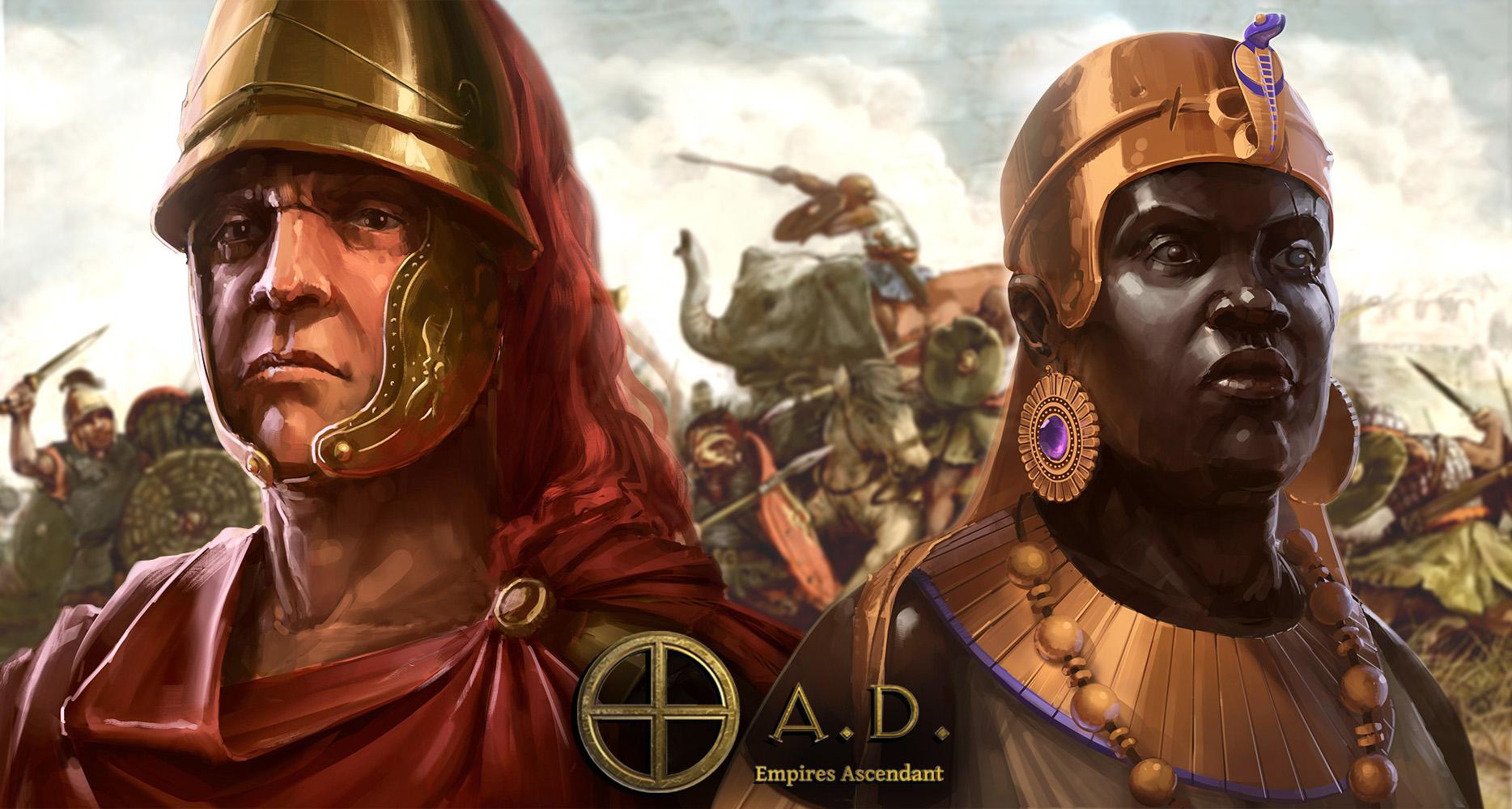
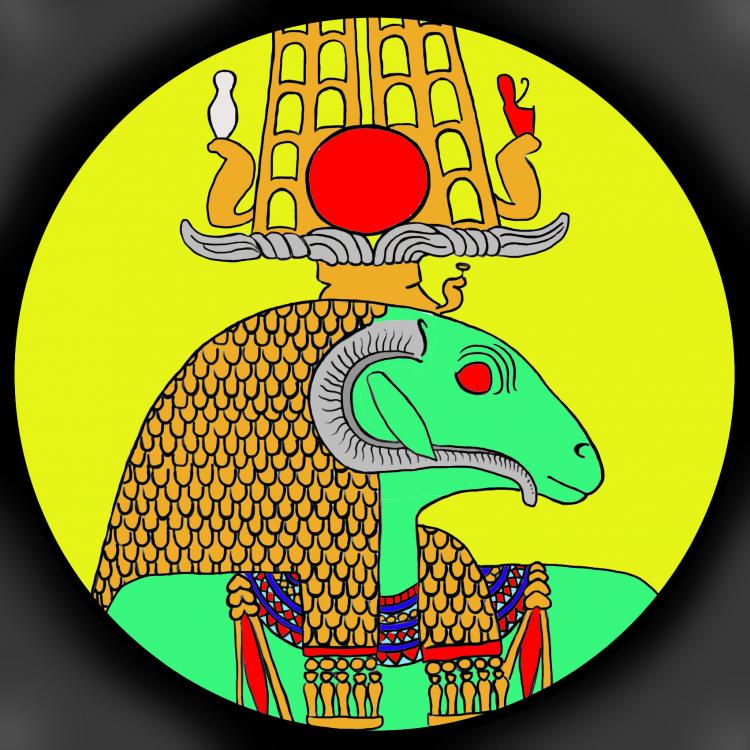
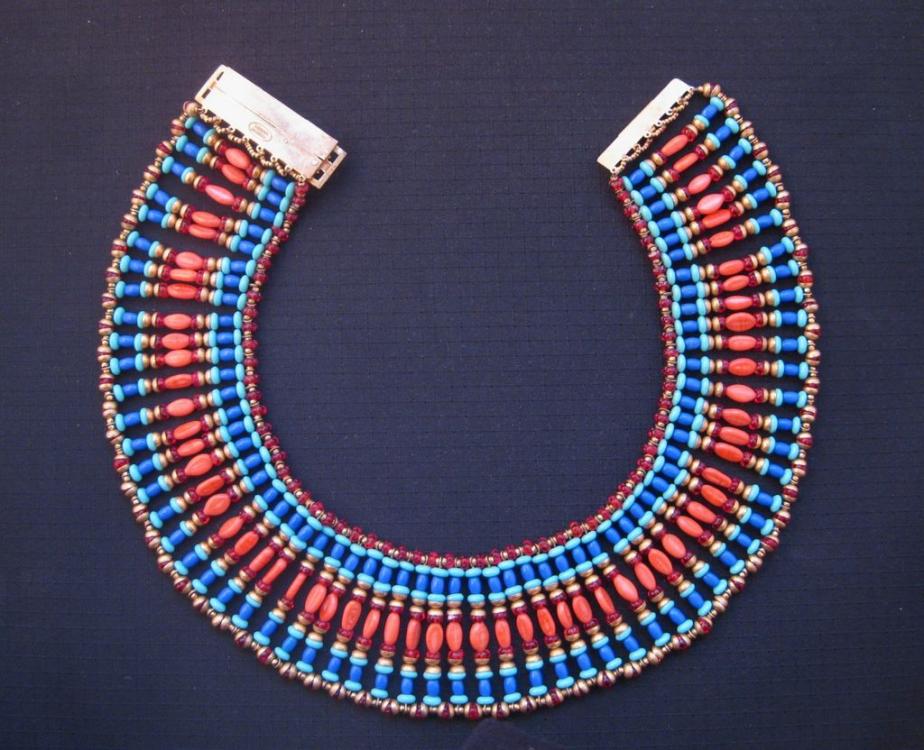
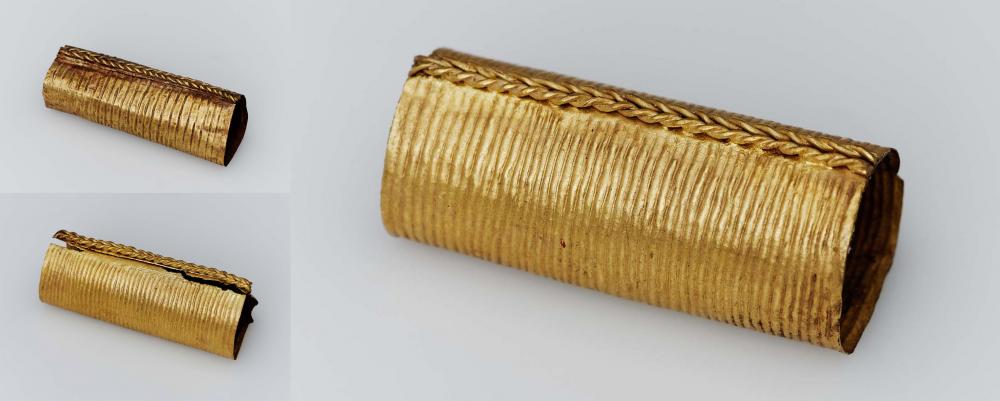
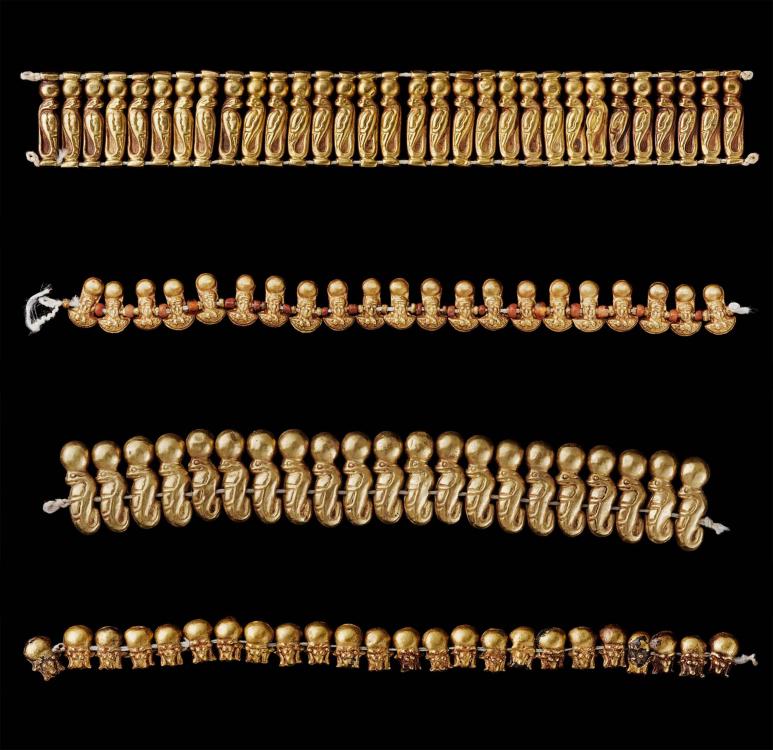

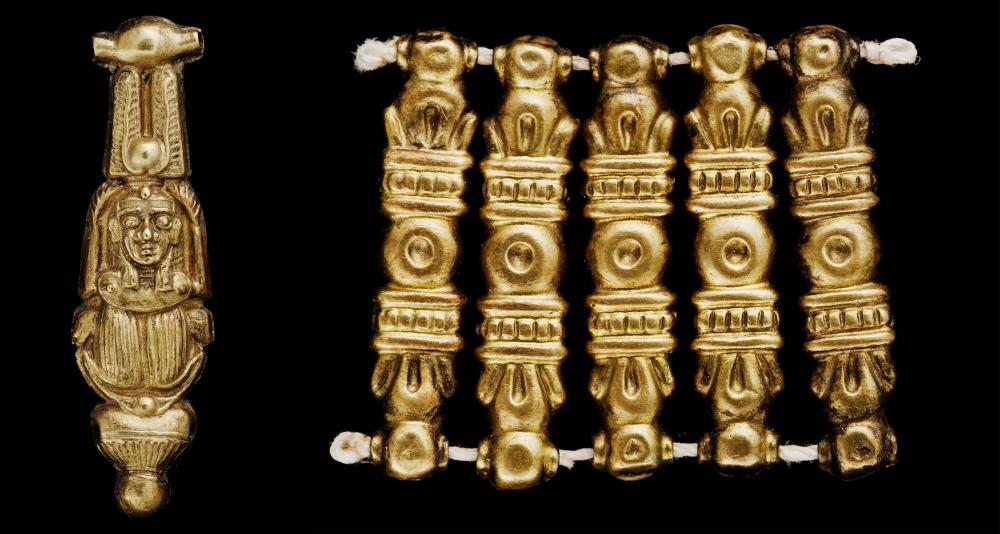


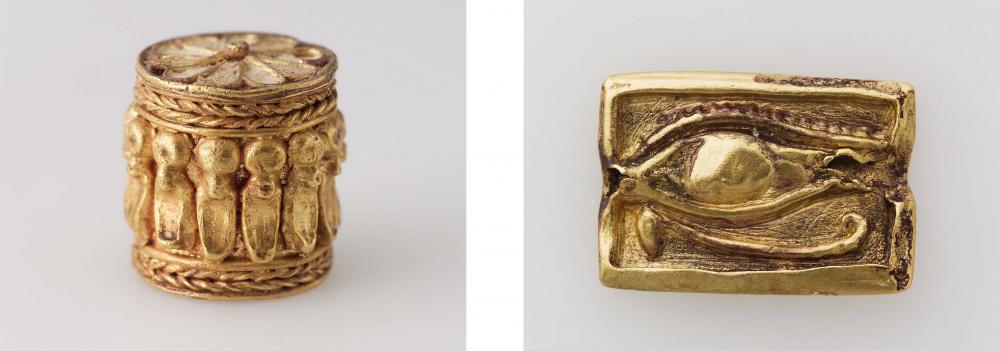

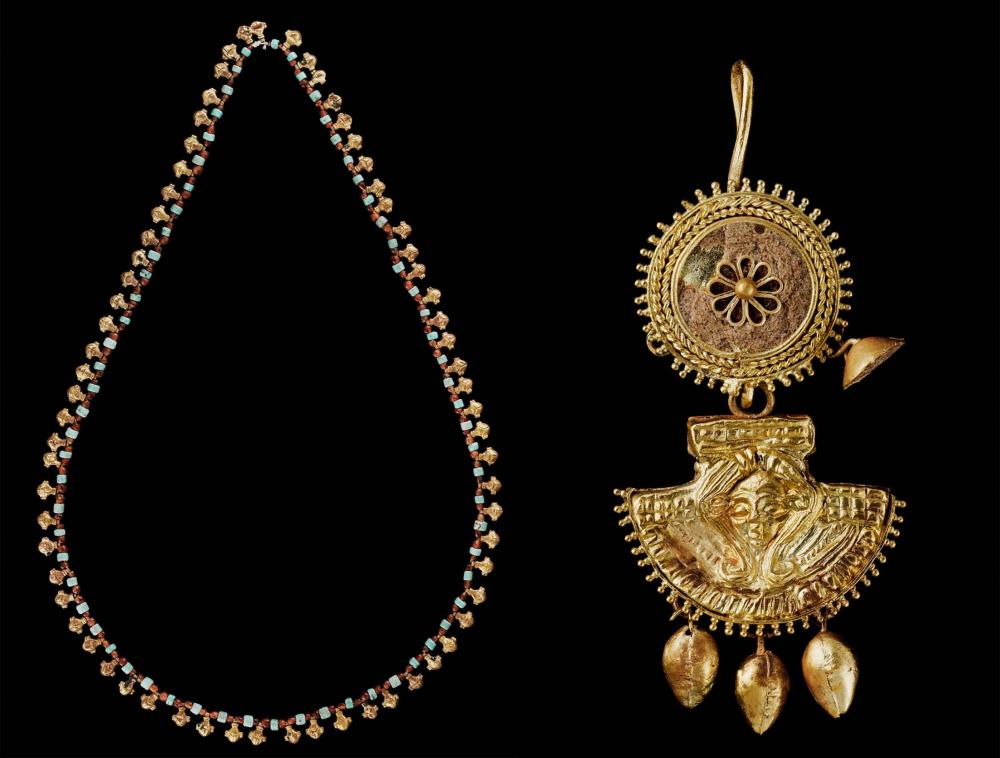

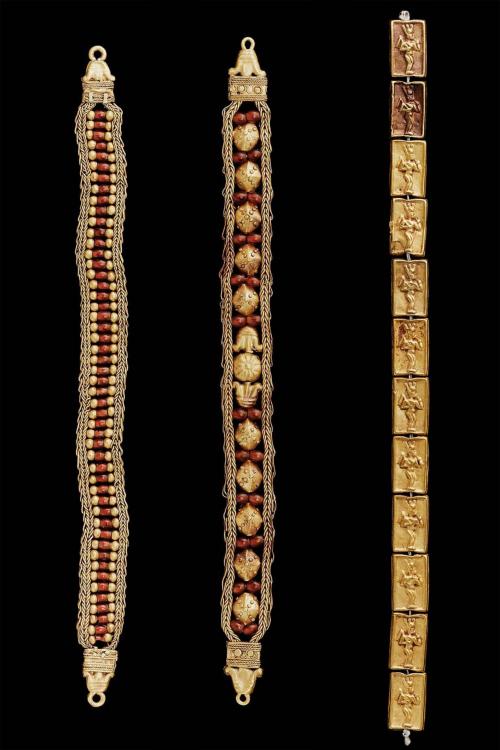
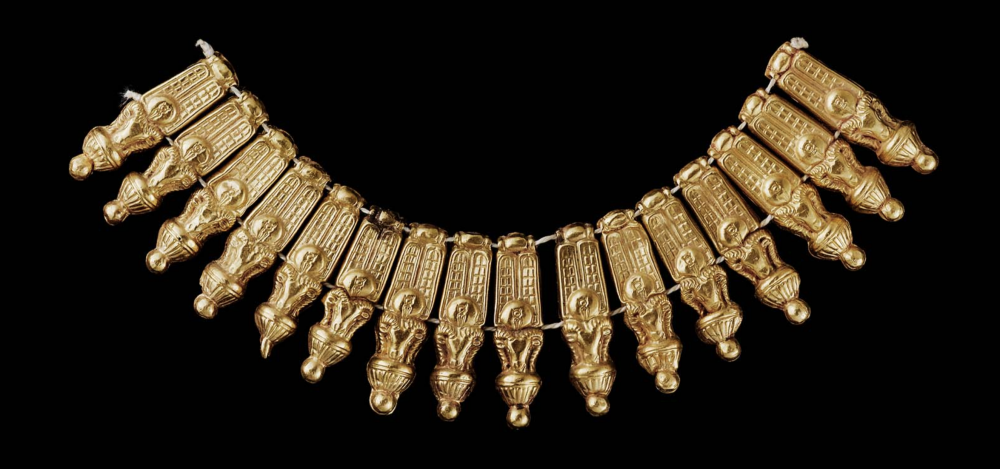
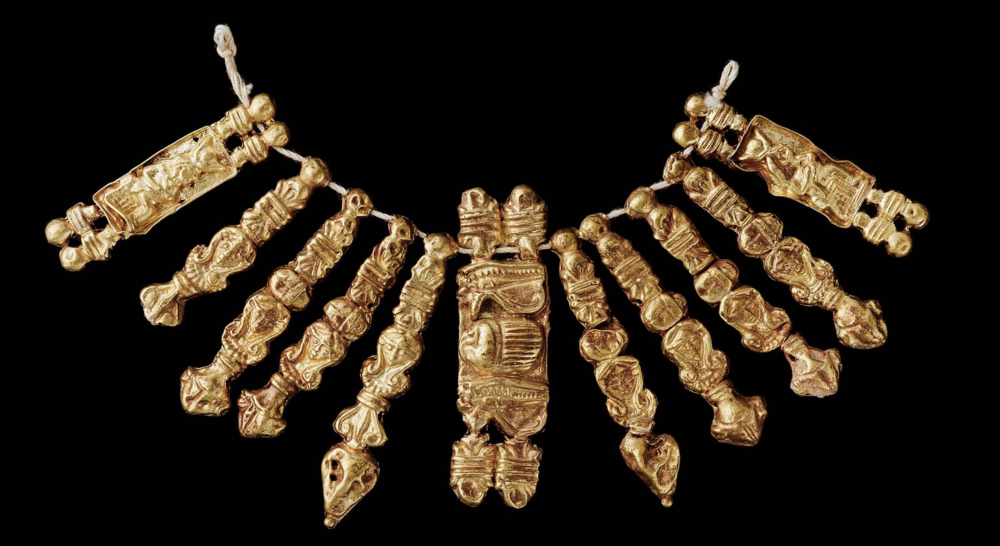
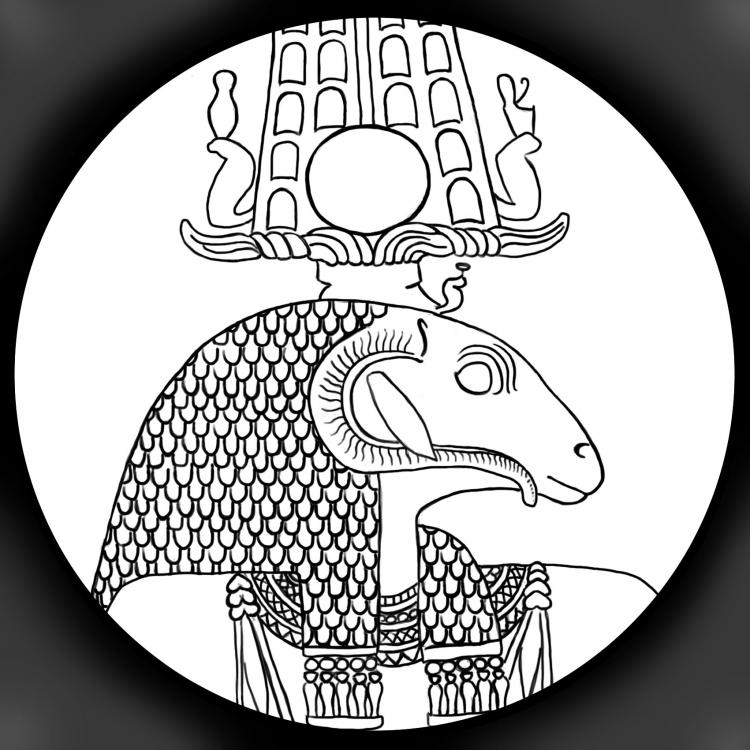

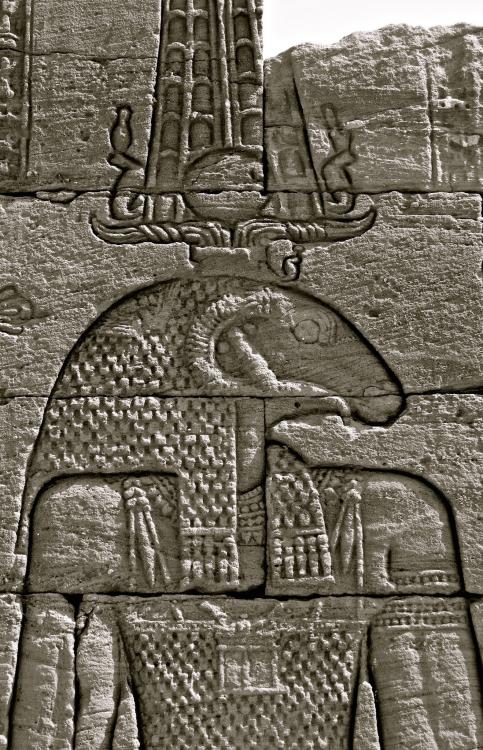
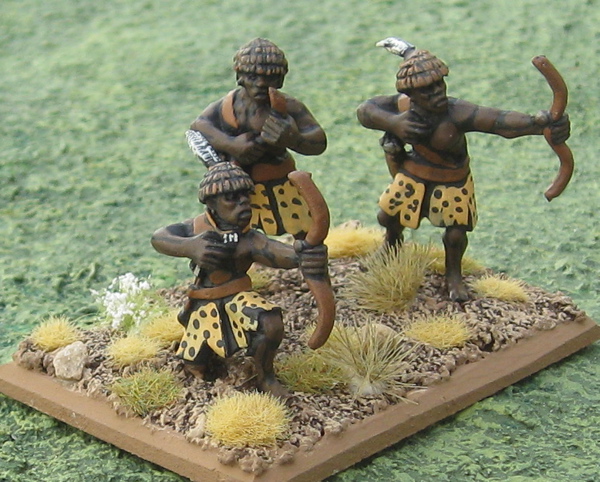
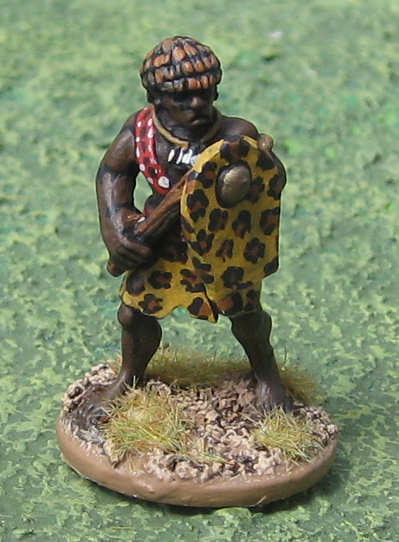
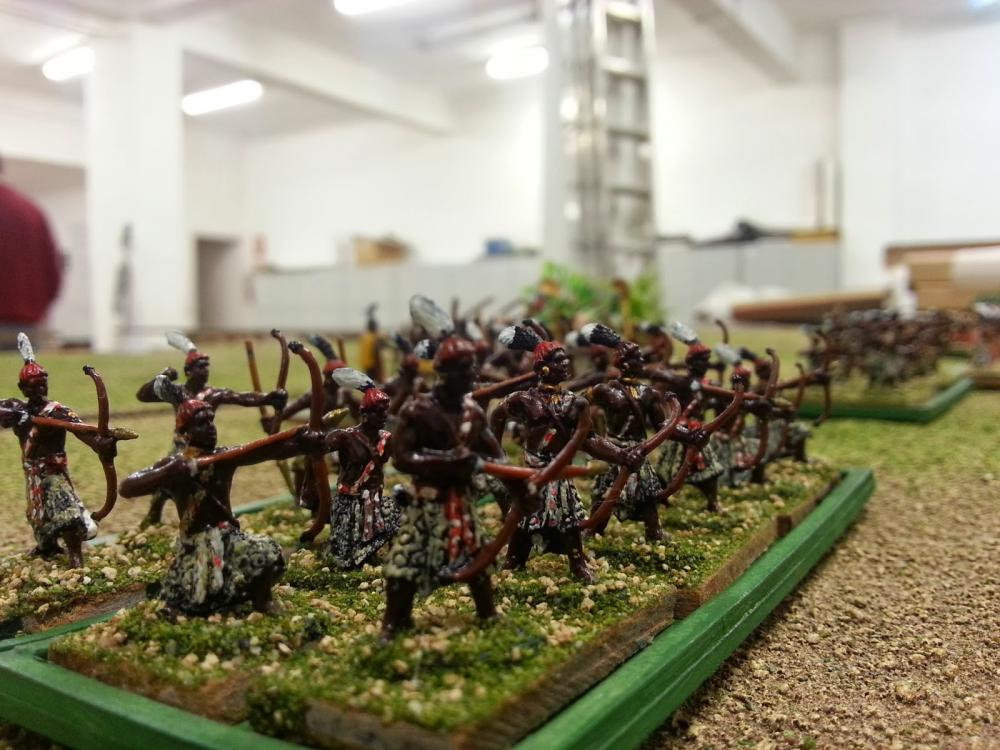
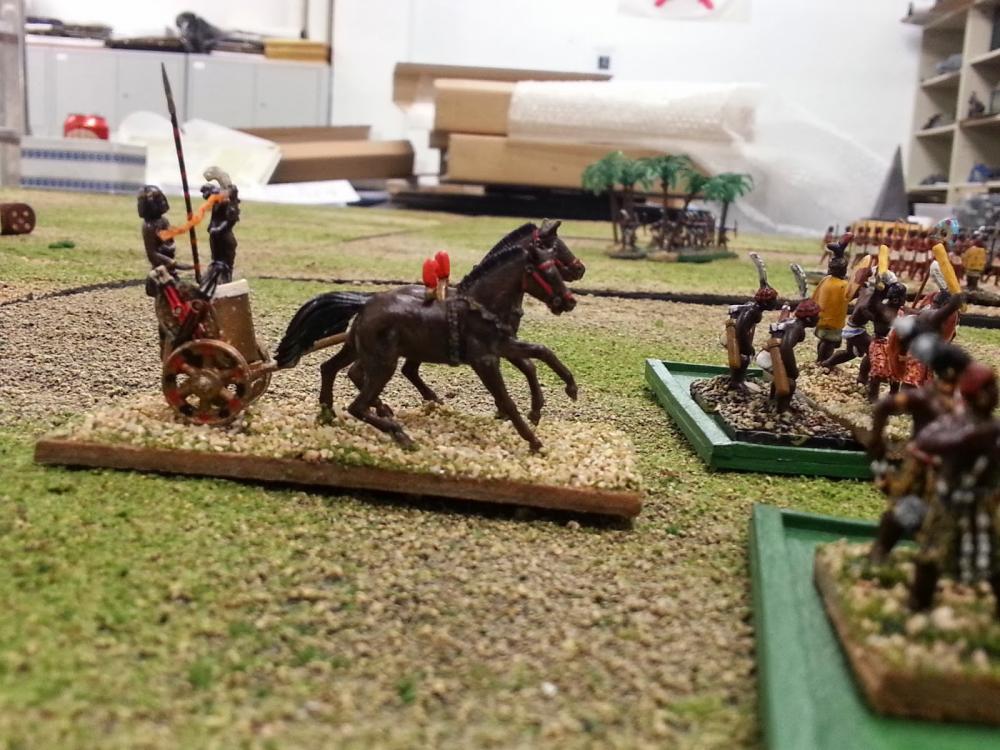
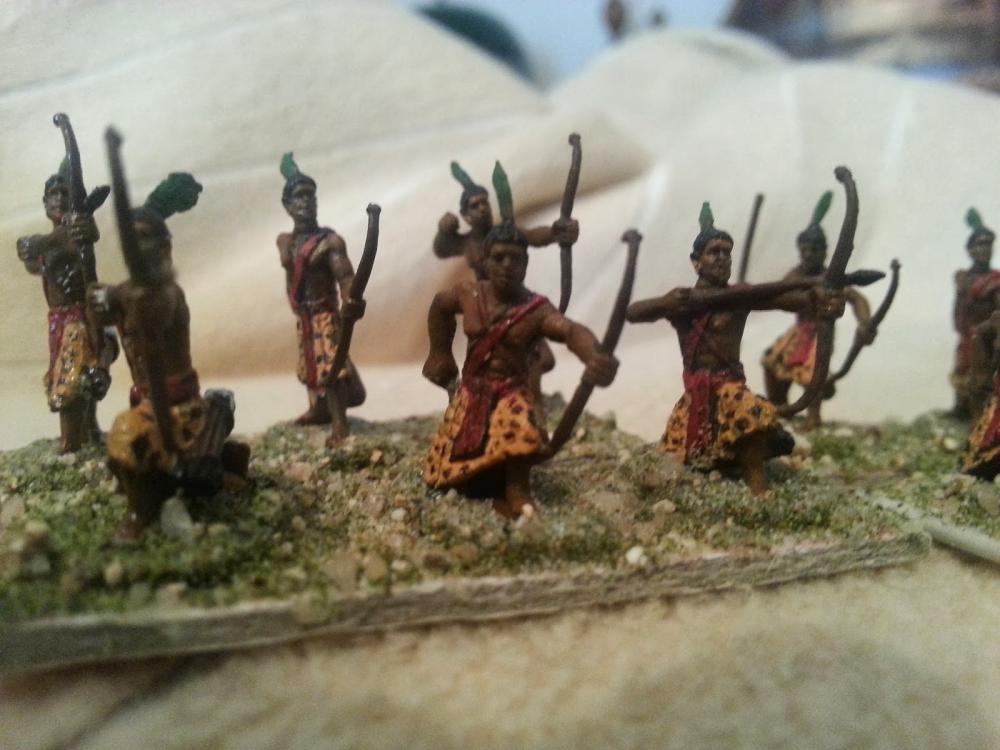
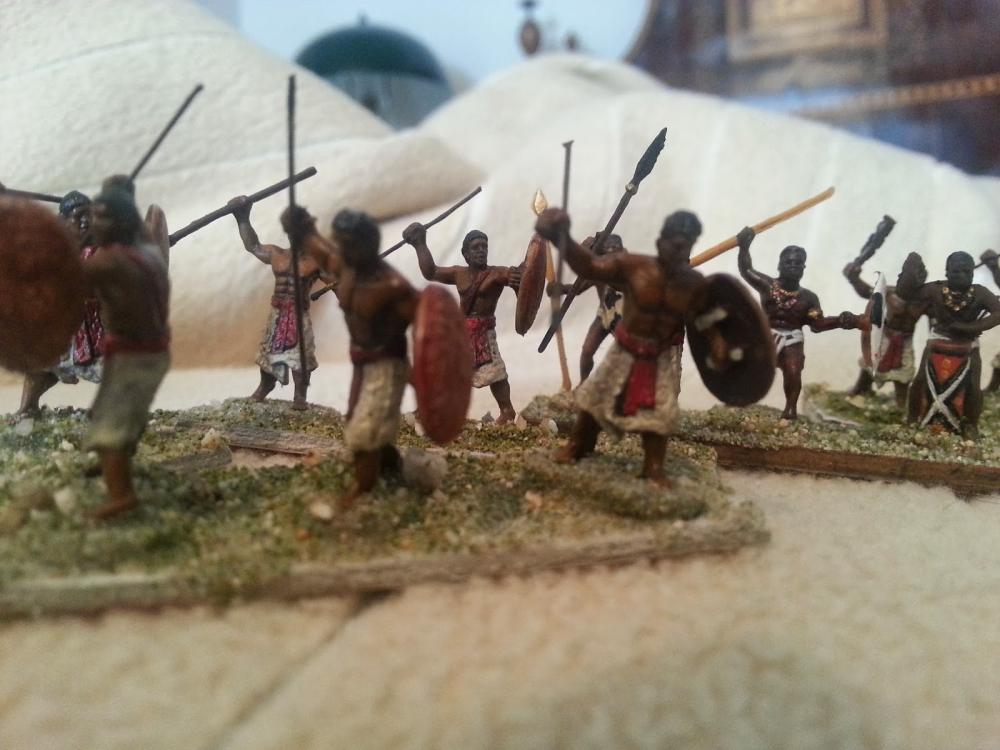
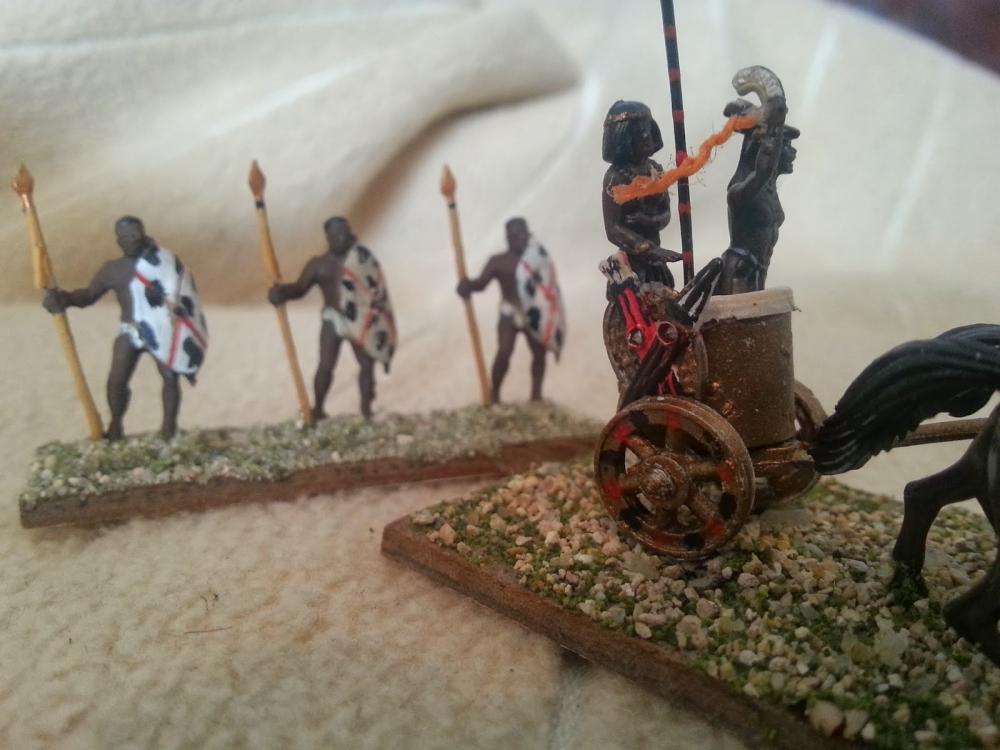
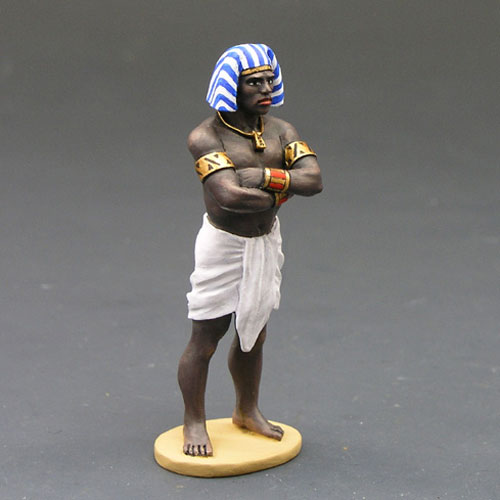
.jpg.6580a42b462938b0684b3398512361c1.jpg)
